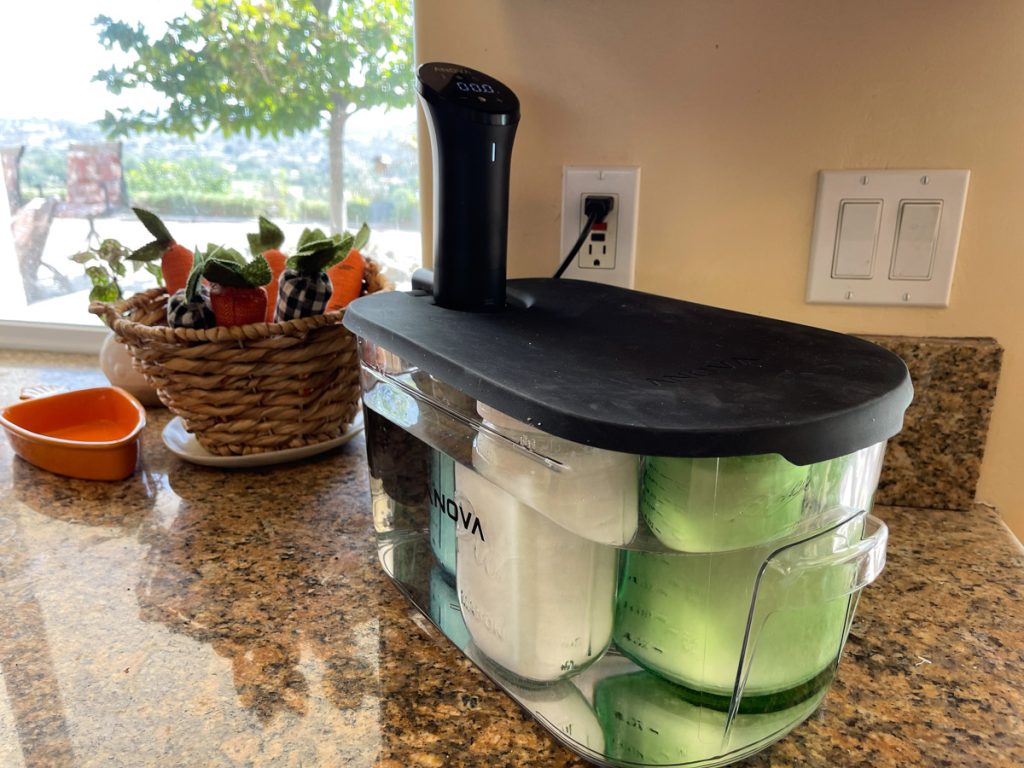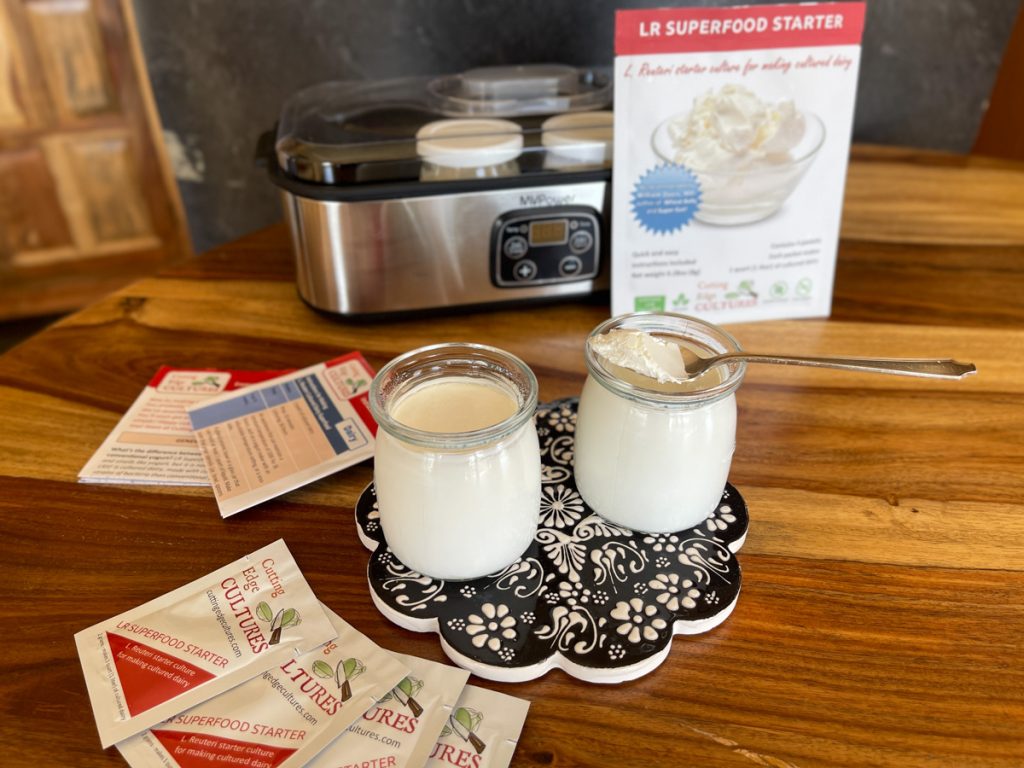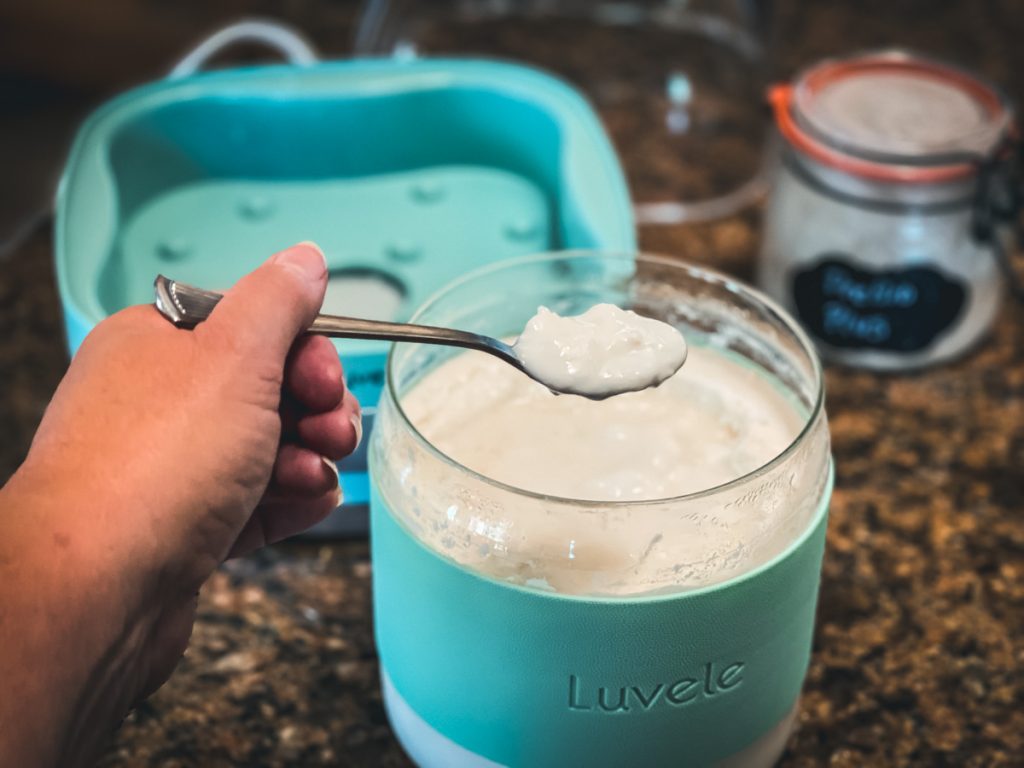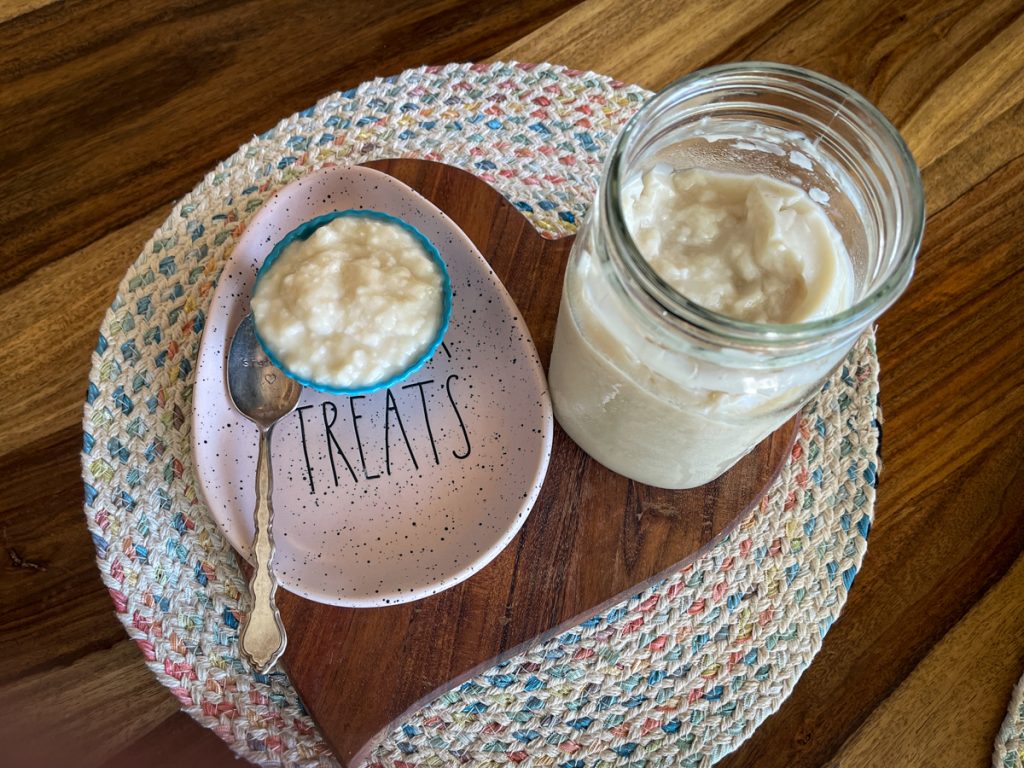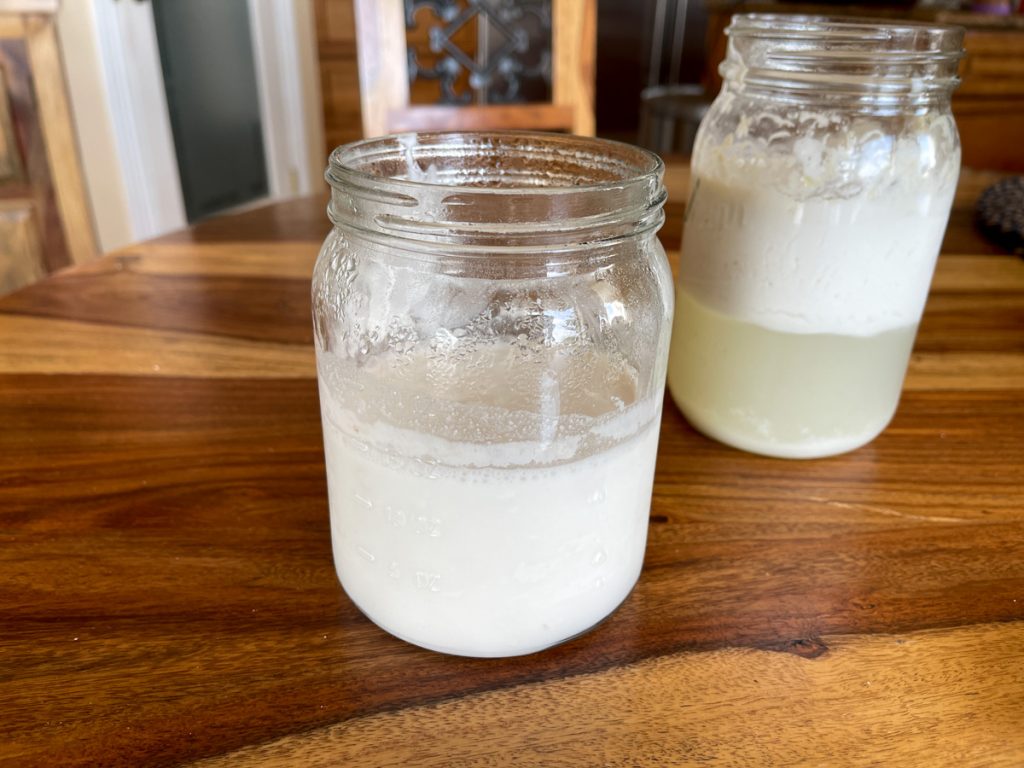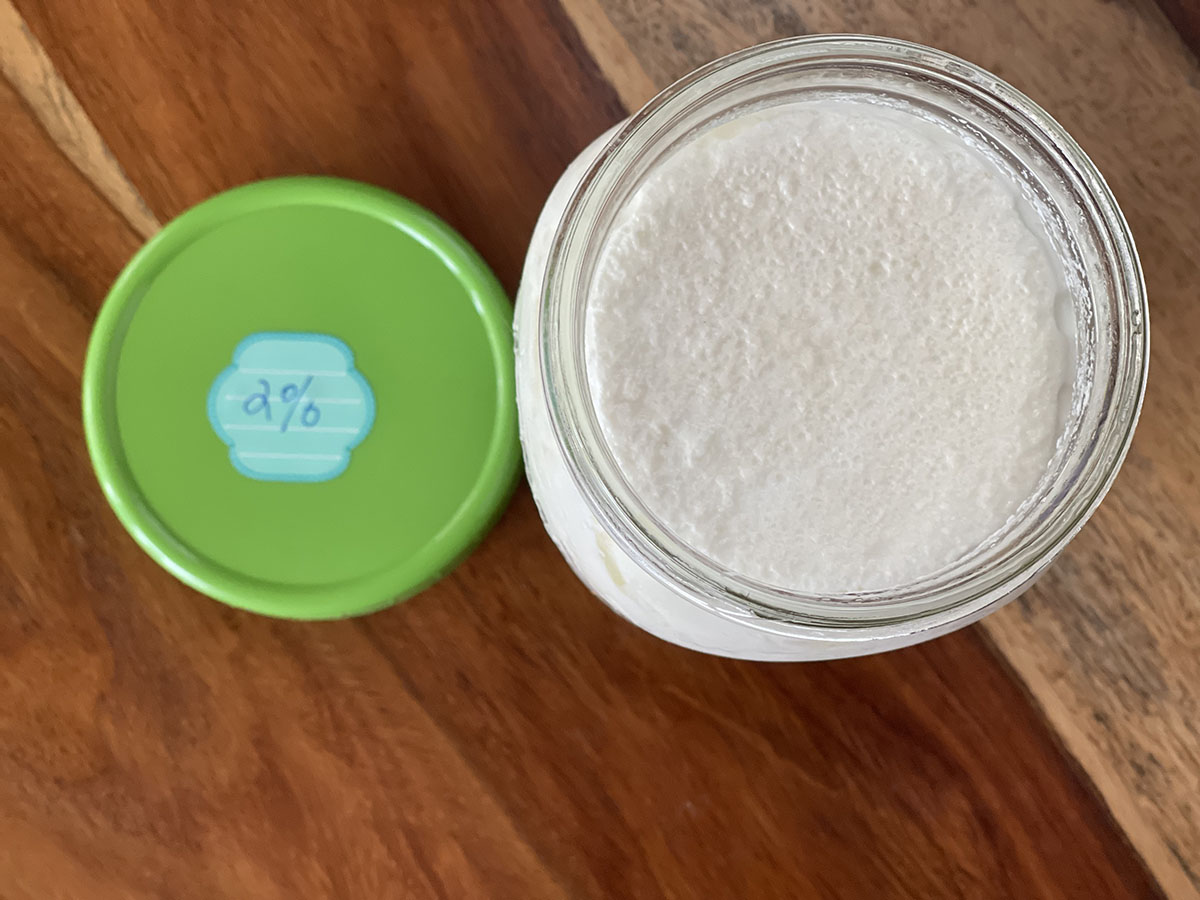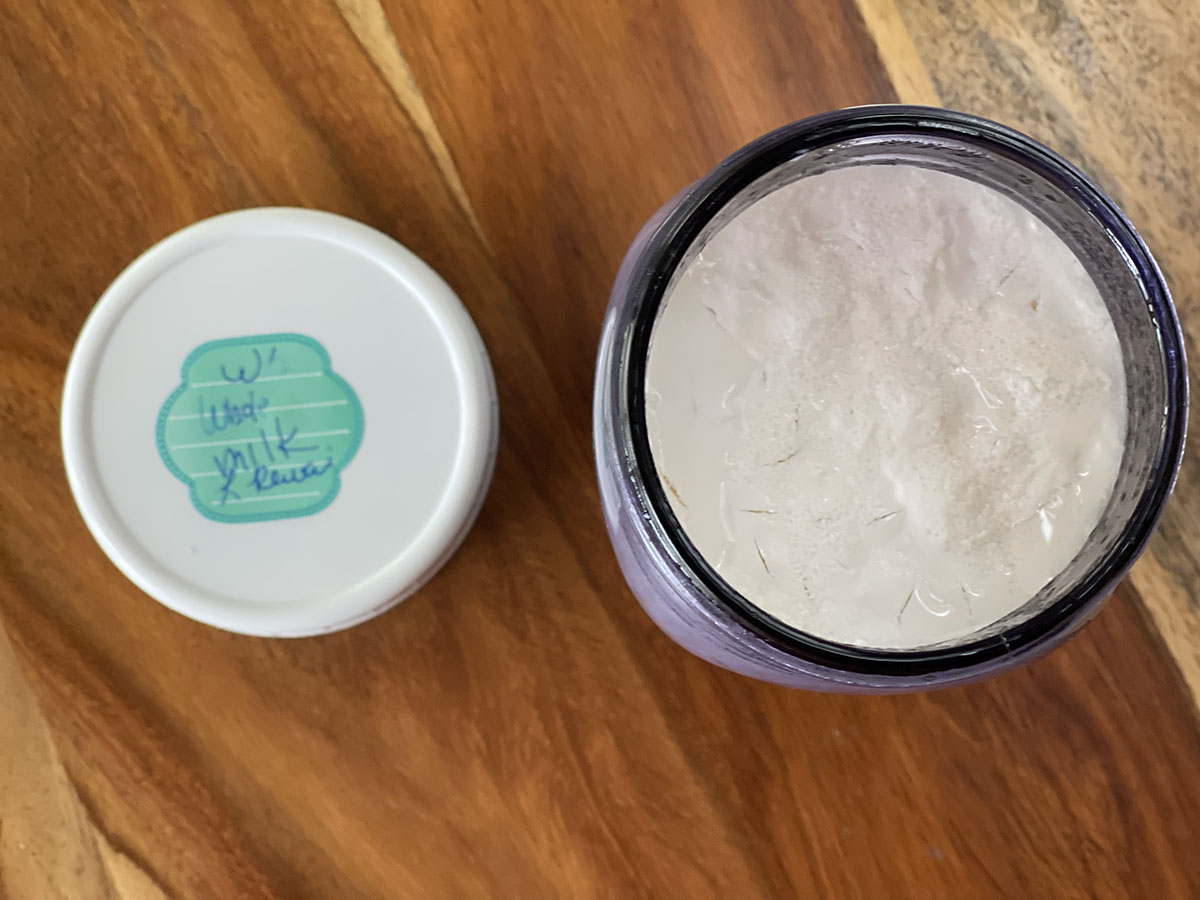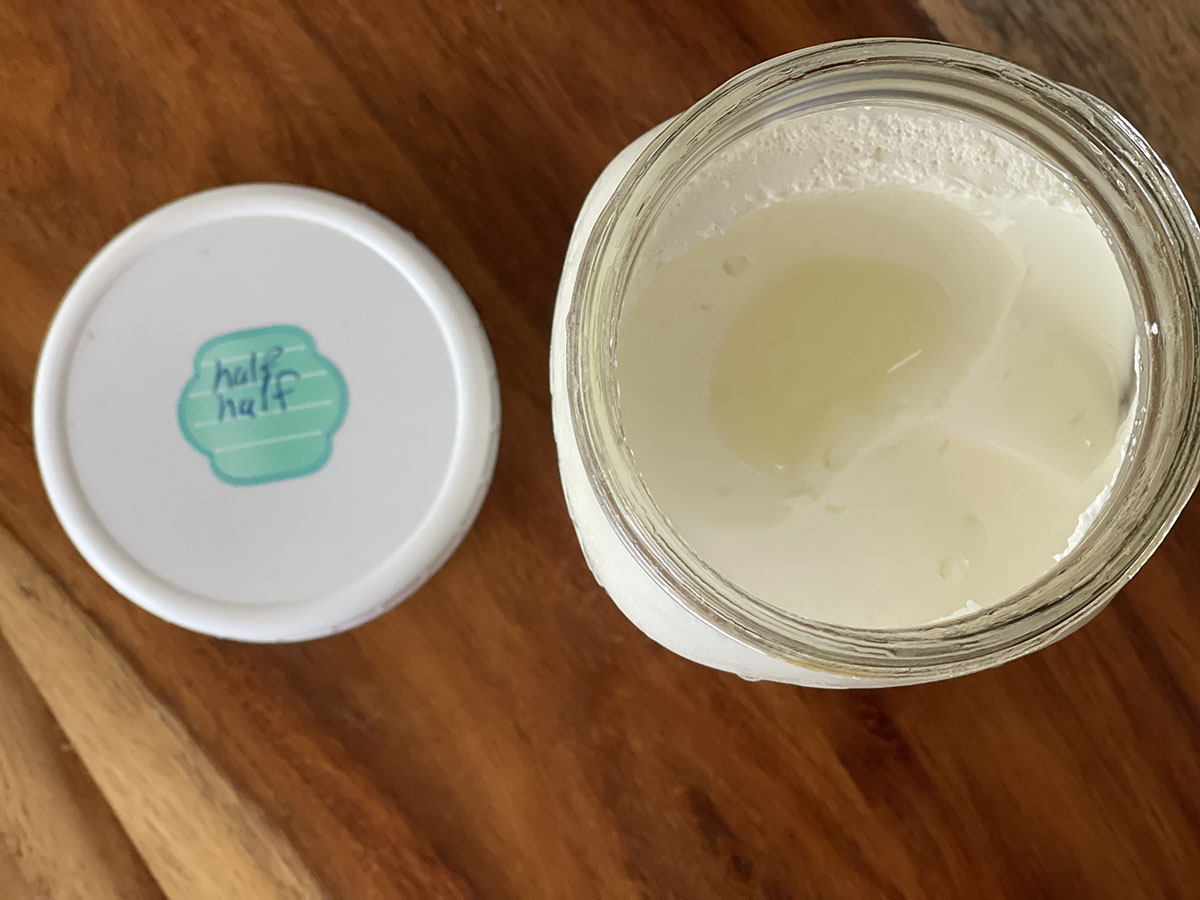LR Superfood Starter
Introduction
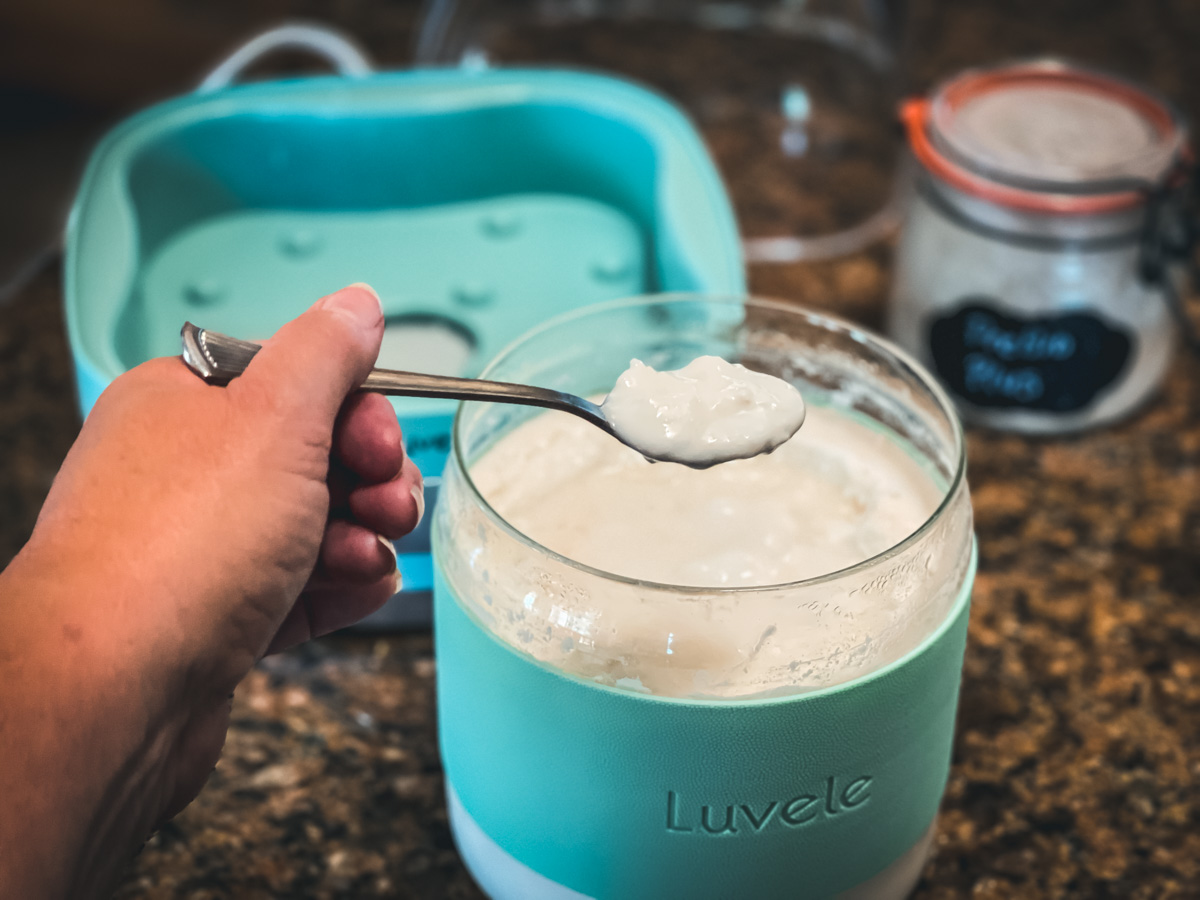
Lactobacillus reuteri (L. reuteri) bacteria species is a superstar in the world of intestinal microbes, and you might just think you can take a supplement with L. reuteri and accomplish the task but that's not necessarily true. Supplementation in pill form isn't always optimum and there are specific strains of L. reuteri for humans and animals.
In less than one hundred years, the fermented foods we used to eat, that had living microbes, are now an occasional food in our diets. The consequence of this is less diversity of microbes in our guts; and then with the overuse of antibiotics and drugs, we've damaged ourselves to the point that many of the microbes we need to be healthy no longer abide within us.
We have developed a high count L Reuteri Superfood fermented dairy and while it looks like yogurt it is technically not yogurt. L. reuteri Superfood is really a cultured dairy and made with completely different strains of bacteria than conventional yogurt, it also required different temperatures and longer fermentation times.
 Fermenting for 36 hours
Fermenting for 36 hours
It's extremely important to let it ferment for 36 hours at 100 F°. The long, slow fermentation with the lower temperature increases the bacterial strains exponentially over the 36 hours (see graph) and creates a thick, delicious yogurt. It really only starts to increase the bacterial strain at 24 hours so don't take it out too early or you'll miss the benefits.
What Bacteria Strains Are We Using?
Our L. Reuteri Superfood contains a high concentration of the LR007 strain of L. reuteri.
Here is what Dr. William Davis states in his book Super Gut about our starter. "Another option: a starter making kit using a different strain of L. reuteri that, in preliminary experience, yields many of the same effects, called “LR Superfood Starter.”
Study Results of LR Superfood Starter
The first was made with whole milk 🥛directly from an LR Superfood sachet according to CEC (Cutting Edge Cultures) instructions for 36 hours.
The results were a total CFU (Colony Forming Unit) count per gram of 645 million. A half-cup serving is 118g, so that is 76B per serving. The make-up of the CFUs was:
The 2nd test was made with coconut milk 🥥 per CEC (Cutting Edge Cultures) instructions for 36 hours except, using LR Superfood sachet as starter and guar gum to thicken. The results were a total CFU (Colony Forming Unit) count per gram of 569 Million, so that is 67B per serving. The make-up of the CFUs was:
Purchase
United States:
If you live in the USA, you can order directly from my store. I keep these cultures refrigerated to ensure that they stay alive & fresh while they are waiting for you to adopt them.
Cutting Edge Cultures also has them for sale directly on their website.
Refrigeration is always recommended! These cultures will last 24 months in the fridge, even longer in the freezer, but only about two weeks at room temperature.
Canada:
Instructions
You can find even more detailed instructions by clicking here. I also have some non-dairy recipes below.
Makes: 1 quart of cultured dairys
Preparation time: 10 minutes preps, 36 hours culturing (1 day and 12 hours)
Timing is important. L. Reuteri takes 36 hours to ferment. It's best to start early in the morning or later in the evening. Otherwise, if you start in the afternoon, for example, fermentation will finish 36 hours later, in the middle of the night.)
You’ll need:
- An appliance that can maintain a constant temperature of 100F for 36 hours, such as a sous-vide, a yogurt maker with an adjustable temperature setting (or even an Instant Pot / slow cooker / brewing or kombucha warmer/heater - if these can be set to 100F for 36 hours).
- A glass jar that can hold at least 1 quart of liquid. Make sure that your utensils (jar, spoons, etc) are very clean.
- A loosely fitting lid (or plastic wrap).
- 1 sachet of LR Superfood Starter.
- 2 tablespoons of a prebiotic fiber (such as Prebio Plus).
- Dairy:
- 1 quart ultra-pasteurized half and half, or
- 1 quart ultra-pasteurized 2% or whole milk, or
- 1 quart combination of the two
Can’t find ultra-pasteurized? Heat the dairy to 195°F/90°C for 10 minutes, then let it cool to 100F before starting the recipe. Most organic dairy is ultra-pasteurized. Use dairy without additives. Goat milk will yield a thin result.
Steps:
- In a glass jar, mix 2 tablespoons of prebiotic fiber (such as Prebio Plus) with the contents of 1 sachet of LR Superfood Starter.
- Add approximately 1.5 cups of dairy (cold, or up to 100F). Whisk well to avoid clumping and for even distribution. Do not blend.
- Stir in the remainder of the dairy, leaving some headspace. Mix/whisk well for even distribution. Do not blend.
- Cover lightly with a loosely fitting lid or a plastic wrap. (If using small individual jars, pour the mixture evenly into the jars, leaving some headspace, and loosely cover each jar with its own lid).
- Ferment at 100F for 36 hours, away from the airflow of air vents/heaters/air conditioning, etc., and away from other ferments. Do not stir while fermenting. Do not open the jar(s) while fermenting.
- After 36 hours, remove from appliance, let cool, then secure lid(s) and put in the fridge. Will keep in the fridge for up to 4 weeks.
- Reculture: To make a new batch, repeat these instructions but use 2 tablespoons of your previous batch of cultured dairy as your starter. If the previous batch separated, use 1 tablespoon of the curds and 1 tablespoon of the whey (or 2 tablespoons of whey if the curd is too firm) as your starter.
Important tips: Don’t heat the end-product or stir it into a hot dish. If blending is needed, keep it to a minimum and at a low speed. L. Reuteri are living bacteria, and are sensitive to heat and to intense agitation.
Notes:
- Store the starter culture in the refrigerator or freezer until you're ready to use it.
- Reculture: To make a new batch, repeat these instructions but use 2 tablespoons of yogurt made with Yogurt Plus as your starter.
- Important tips: Don’t heat the end-product or stir it into a hot dish. If blending is needed, keep it to a minimum and at a low speed. L. Reuteri are living bacteria, and are sensitive to heat and to intense agitation.
The Right Equipment Is Important!
To keep your L. reuteri or L. gasseri at the best temperature, you'll need an appliance with a temperature adjustment of 100°F and a timer that can be set to 36 hours. This can be a yogurt maker, Instant Pot, or sous vide device. You'll need to make sure your device has those features. Here are some appliances that should work well for you.
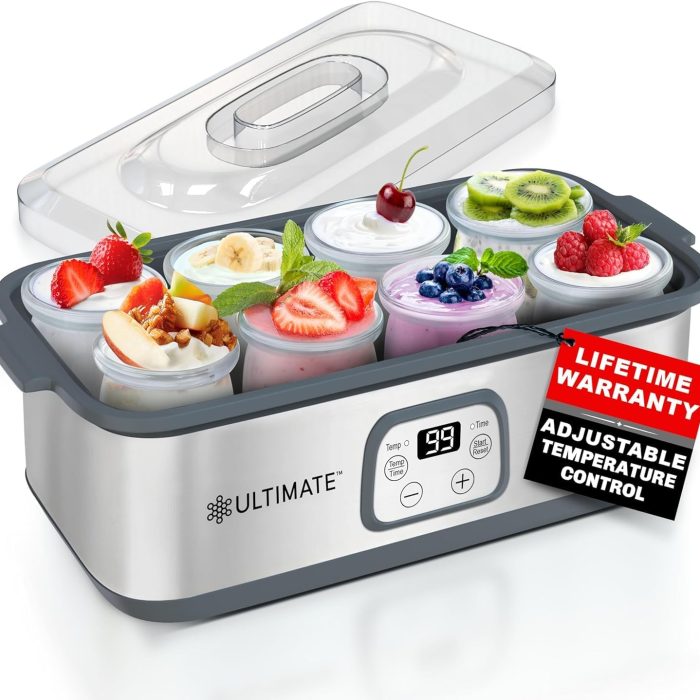
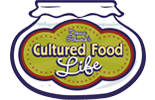
Ultimate Probiotic Yogurt Maker
This is a great yogurt maker that can make small jars or bigger bowls. They are available on Amazon, and you can buy extra jars and bowls if you'd like. It has a lifetime warranty and allows you to set the time and temperature. It is perfect and convenient for making L. reuteri or L. gasseri yogurt.
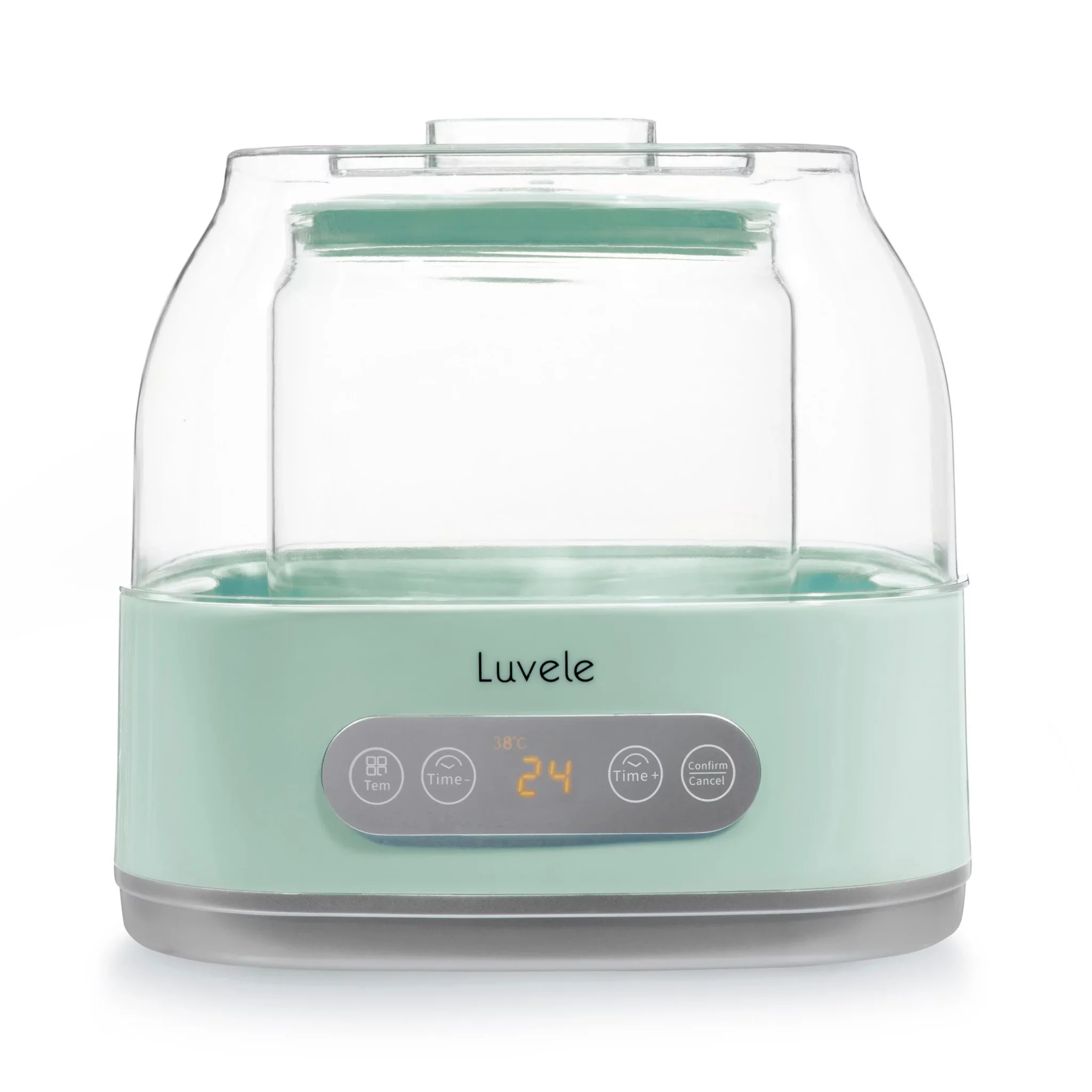

Luvele Yogurt Maker
This is a great yogurt maker. It is a 2.1 QT (2L) Glass Container and is made by Luvele, which is a terrific company that is passionate about what they do. Highly recommended.
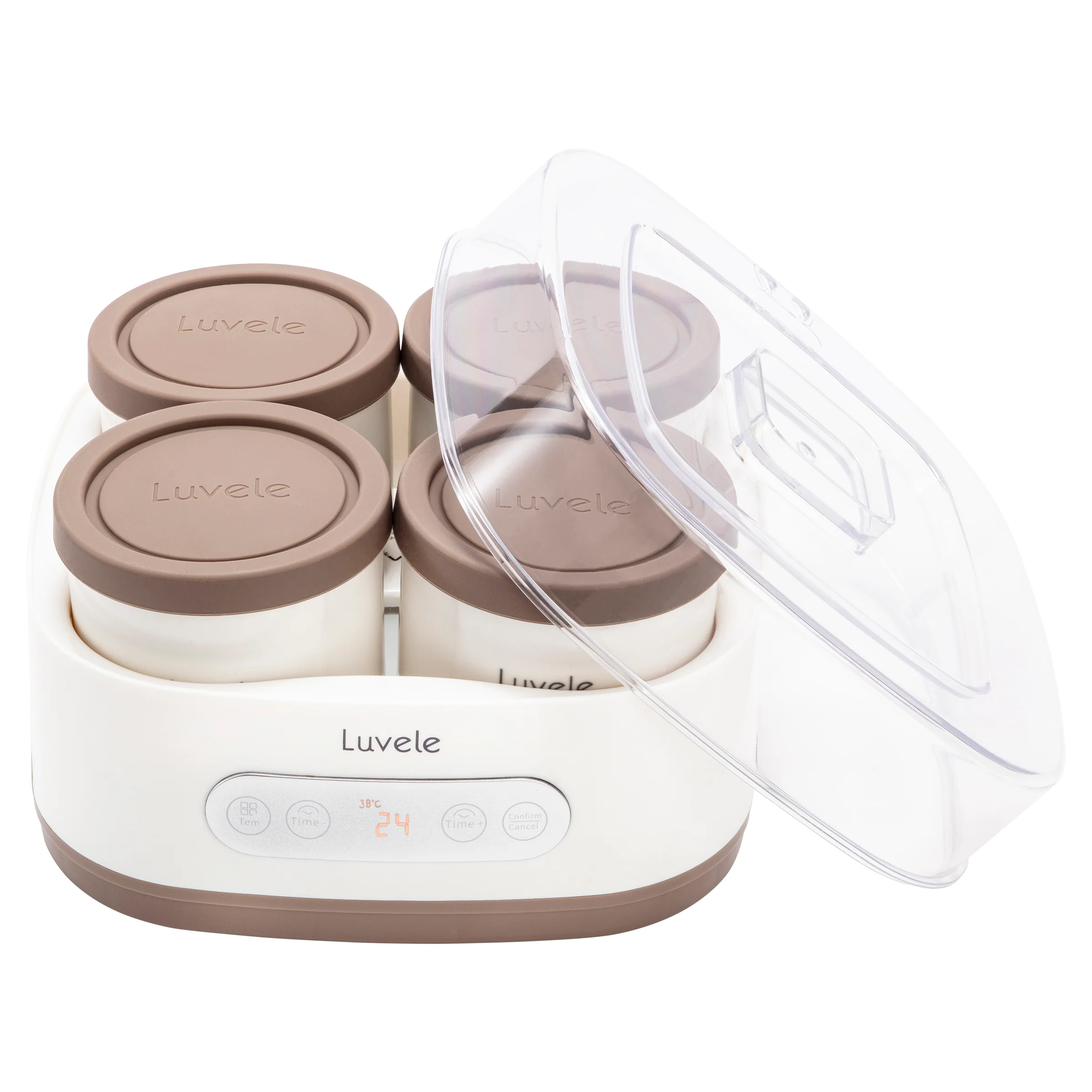

Luvele 4 Jar Yogurt Maker
This is another great updated yogurt maker from Luvele. You get 4 jars which are each 13.5 ounces. It keeps the temp between 78 and 122 degrees F and has a 36-hour digital. It's great for making multiple kinds of yogurt.
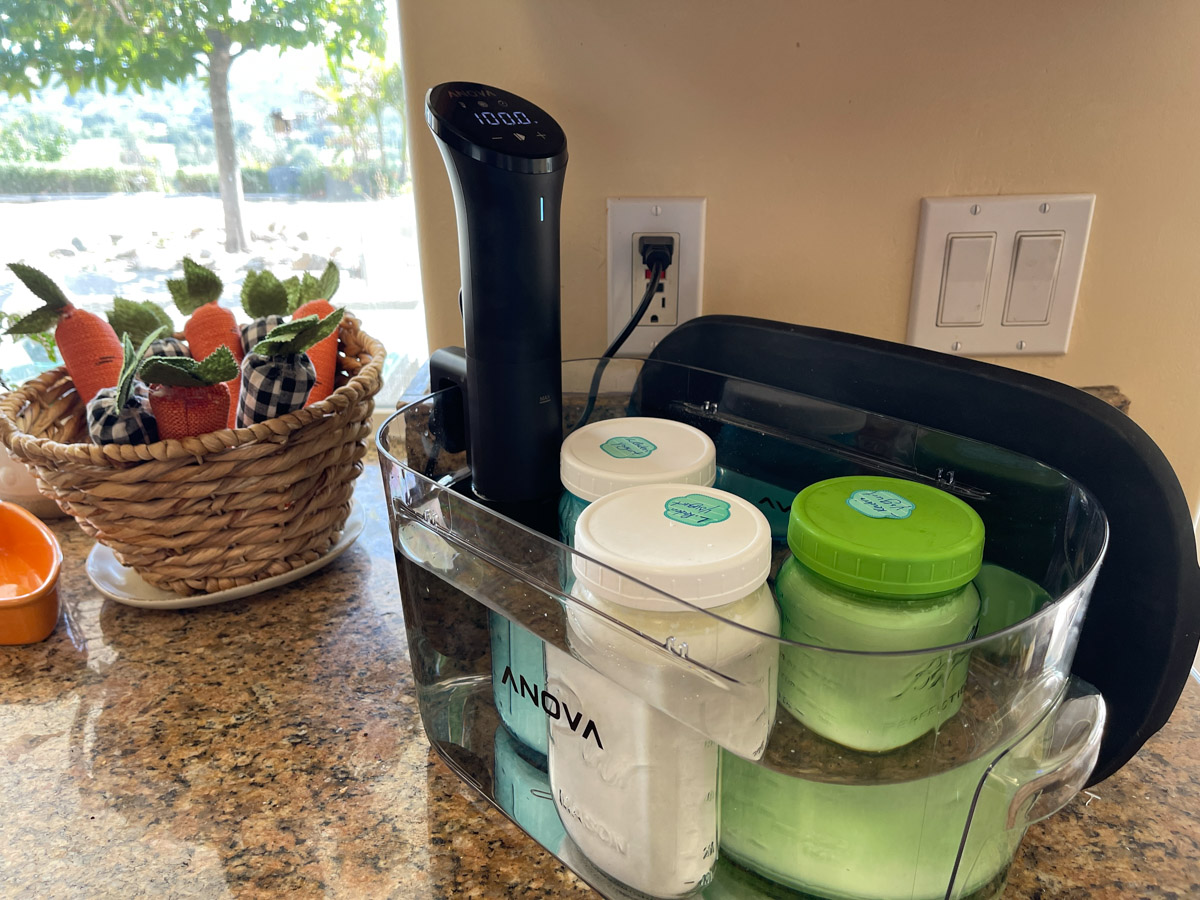

Sous Vide
We've made dozens of jars of yogurt with this device. You can make larger batches so it's very convenient. It's actually a well-known cooking method used by many chefs.
You'll need a sous vide stick and a container to place the yogurt in a water bath. It allows you to make several jars at one time and controls the temperature perfectly.
Here is a link for the container I use but you can use your own container if you'd like:
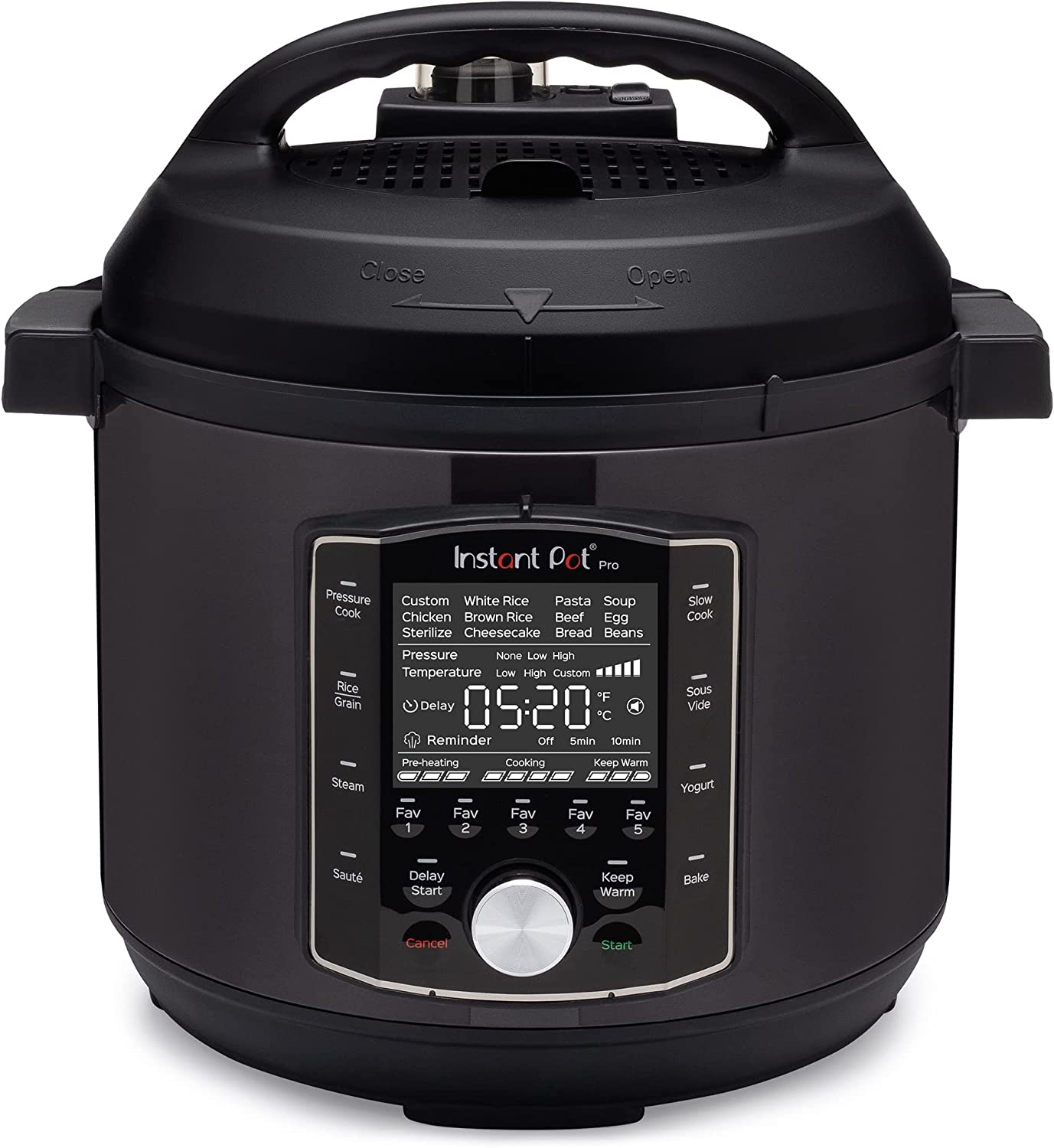

Instapots/Pressure Cookers
Not all instapots have a manual temperature setting that can be set to 100°F.
L. reuteri and L. gasseri bacteria love human body temperature. Regular yogurt makers/instapots are usually automatically set to higher temperatures of 110°F or more, which is too hot for L. reuteri or L. gasseri to survive.
Test your device with a cup of water and a thermometer before making your first batch. I hesitate to recommend certain brands because it isn't always standard for all the pots, so please just make sure yours can maintain 100°F.
Every item with a link was selected by me to make it easier for you. I may receive a small affiliate commission if you buy something through my links. Thank you! ❤️
Recipes
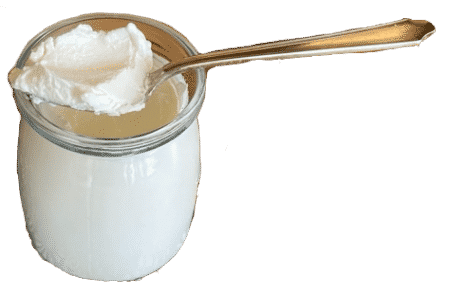
Non-Dairy Recipes
Free Yogurt Recipes eBook!
Get my Free Yogurt eBook when you purchase LR Superfood Starter from my store! It has recipes on how to make yogurt and it also has recipes to create some of my favorite yogurt recipes. Fifteen recipes in total and these are some of my favorites.
You can make dairy and non-dairy versions of this yogurt and use them in all the recipes.
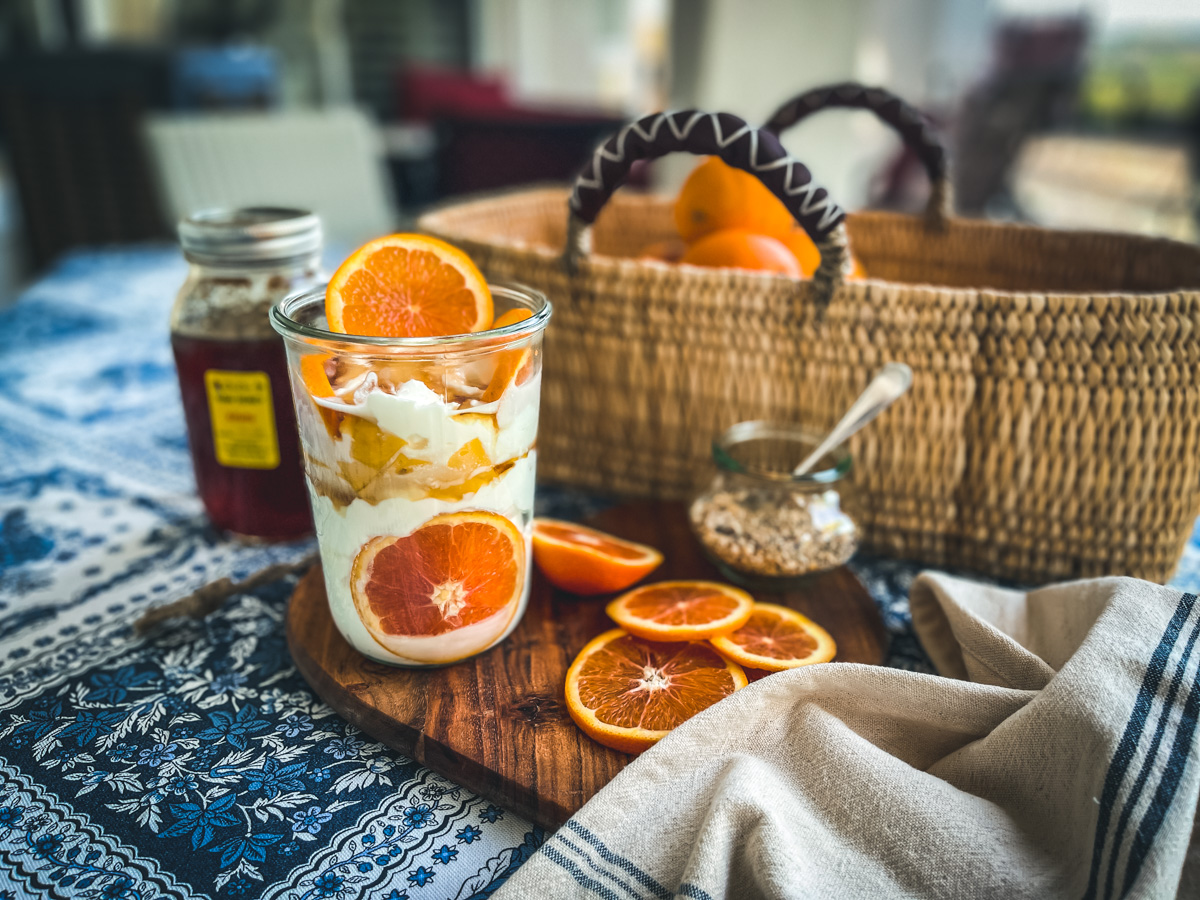
Frequently Asked Questions About L. Reuteri Superfood Starter
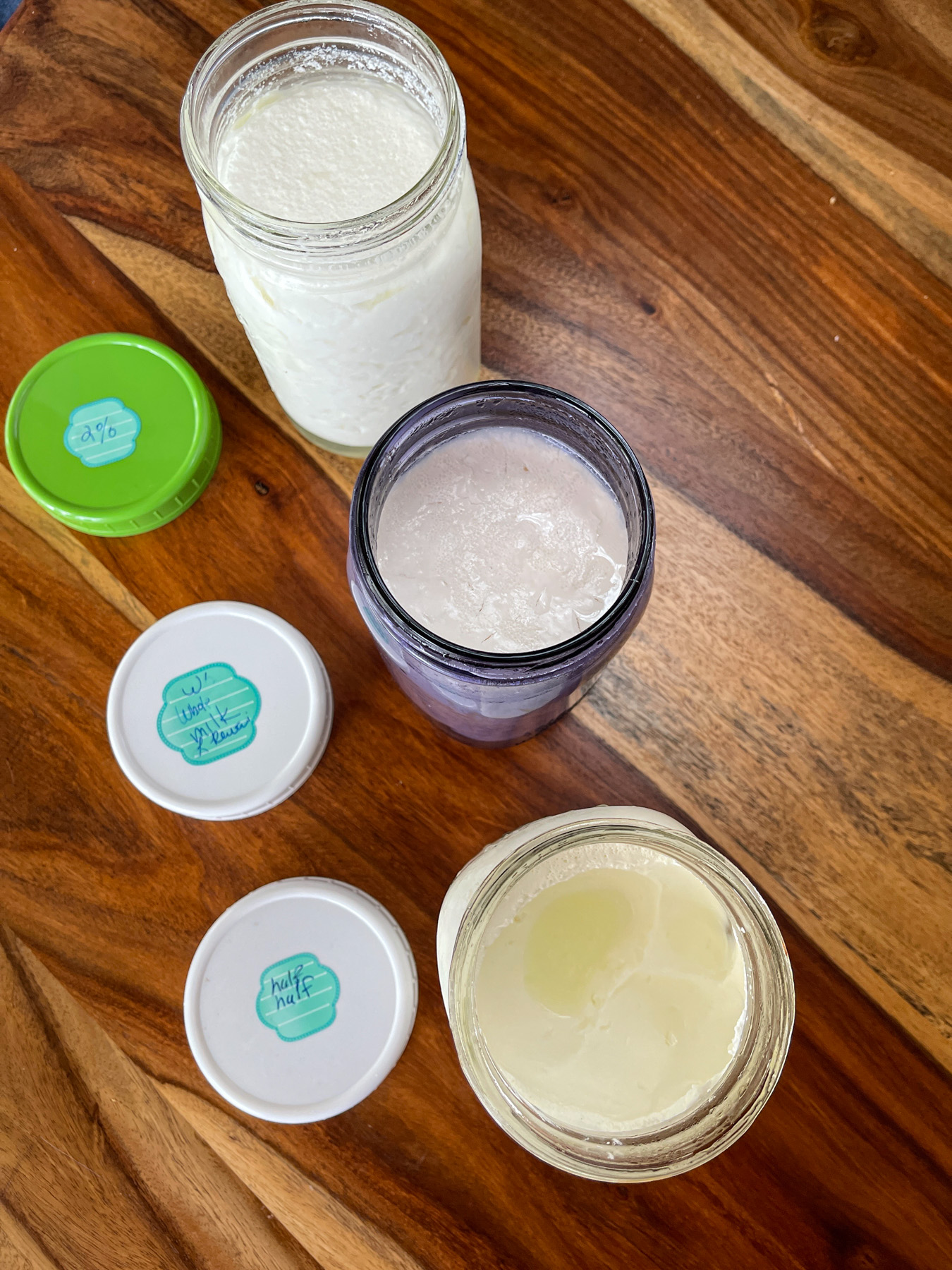
Which Dairy to Use:
I highly recommend that when you first start making this yogurt you use ultra-pasteurized half and half milk or heat the half and half milk to 195ºF / 90ºC and hold it there for 10 minutes to denature most of the lactoglobulin. This allows the yogurt to thicken and join with the other proteins that form a mesh which will keep your yogurt from separating into curds and whey. When you have your first successful batch, you can use this yogurt as a starter and use different combinations of milk based on your preferences. But using ultra-pasteurized half and half milk gives you the best results for your first batch. Most organic milk is ultra-pasteurized and this will make the best yogurt.
Different Milks You Can Use
- For a very rich and firm end-product: 1 quart of dairy half and half. (Ultra-pasteurized or heated to 195°F for 10 minutes and cooled)
- For a rich, semi-firm end-product: 2 cups of dairy half and half + 2 cups of 2% or whole dairy milk. (Ultra-pasteurized or heated to 195°F for 10 minutes and cooled)
- For a soft end-product, similar in texture to yogurt: 1 quart of whole dairy milk or 2% dairy milk (Ultra-pasteurized or heated to 195°F for 10 minutes and cooled)
- Ultra-pasteurized will result in the best yogurt.

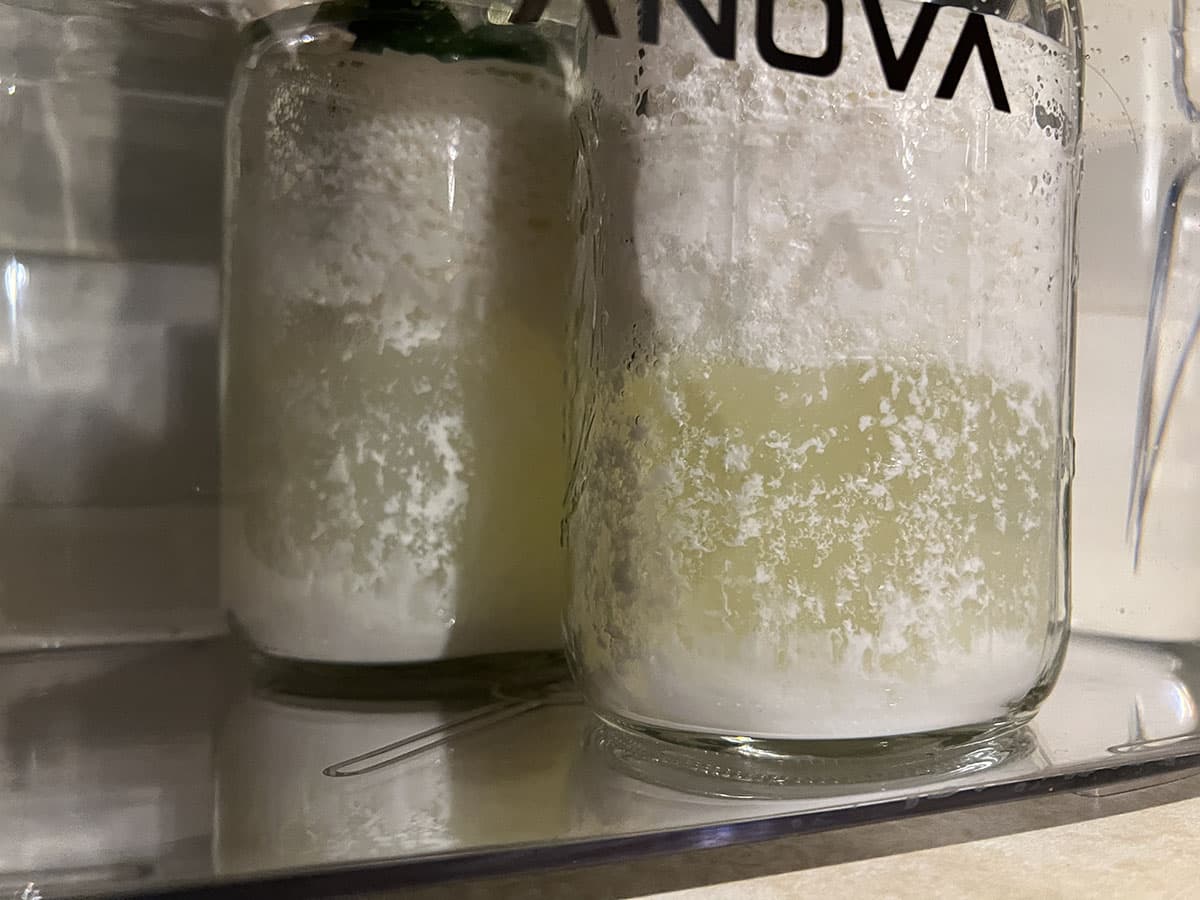
My First Batch Turned into Curds and Whey?
If your yogurt is separating into curds and whey, this can be normal for the first activation batch. It's really strong and will calm down on the next batches using this yogurt as a starter. You can still consume and eat this separated batch or blend it into a smoothie with fruit and sweetener.
Here are a few things you can do if it continues to separate.
- Only set the yogurt maker to 97 F° degrees.
- Only use 1 tablespoon of Prebio Plus instead of 2
- If not using Ultra pasteurized milk, heat the milk to 195° F for 10 minutes. (then let it cool to 100° before adding the culture) This helps further denature the proteins and form a thick yogurt curd.
My favorite thing to do with an overly separated batch is to use it as a (starter for the next batch) and also to make L reuteri cottage cheese. Even if it smells and tastes strong, once you make it into cottage cheese, it tastes really good.
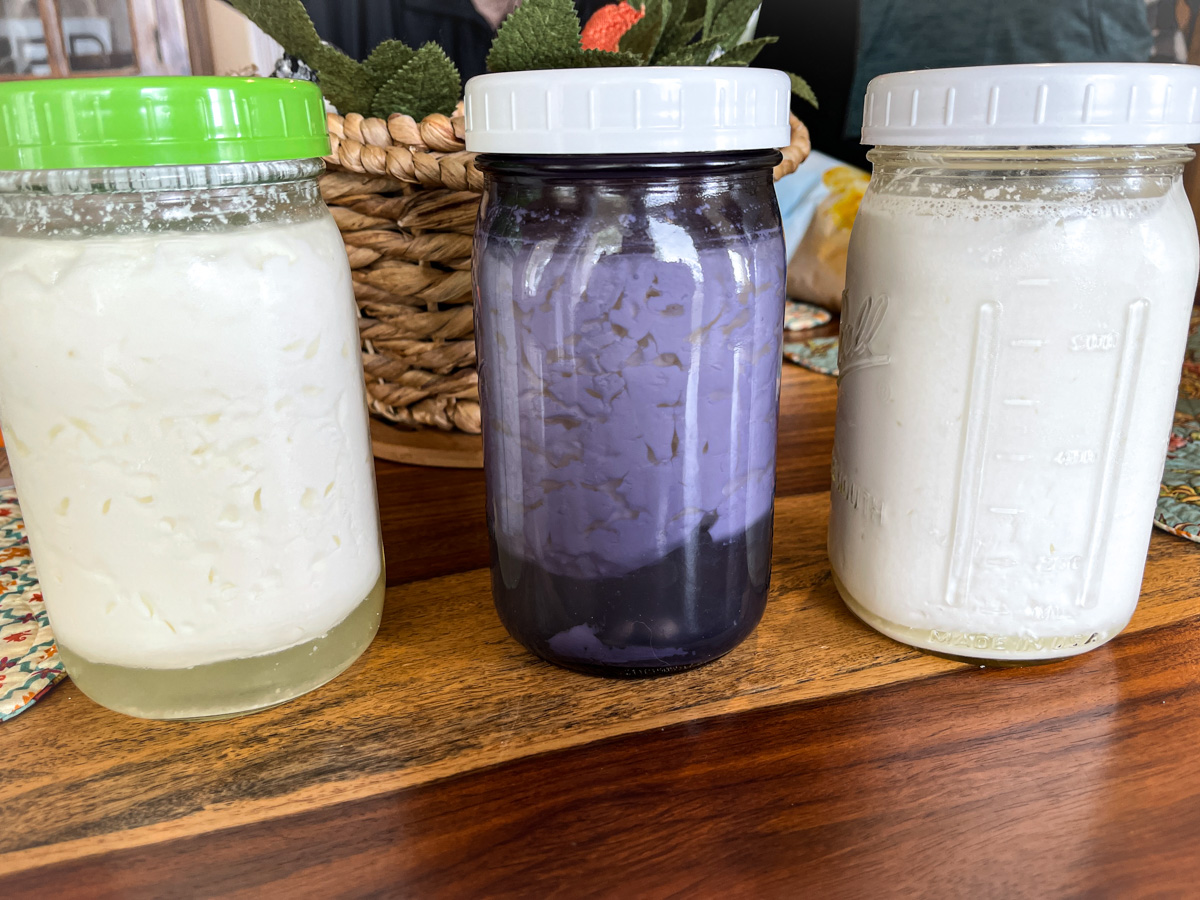
My Yogurt is Separating When Using the Yogurt as a Starter?
One thing that's important to know is that separation is not a sign of failure. Whey can be the normal result of lower-fat milk or the lactoglobulin in the milk has not been denatured. The whey is very healthy and contains L. reuteri, as do the curds.
Whether separated or not, your fermented superfood contains L. reuteri in both the curds (solids) and the whey (liquid). The whey is good to drink and is healthy. It has a lot of protein, calcium, vitamin D, and high levels of B vitamins.
Having separation at the bottom of the jar can be normal and is often due to the types of milk you used and some of the Prebio Plus that was at the bottom that is food for the bacteria.
Here are a few things to also try for your next batch that we think could help:
- Only set the yogurt maker to 97°F degrees.
- Only use 1 tablespoon of Prebio Plus instead of 2 tablespoons
- Make sure to only use 2 tbsp of starter per quart — don't use more
My favorite thing to do with an overly separated batch is to use it as a starter for the next batch and also to make L reuteri cottage cheese. Even if it smells and tastes strong, once you make it into cottage cheese, it tastes really good.
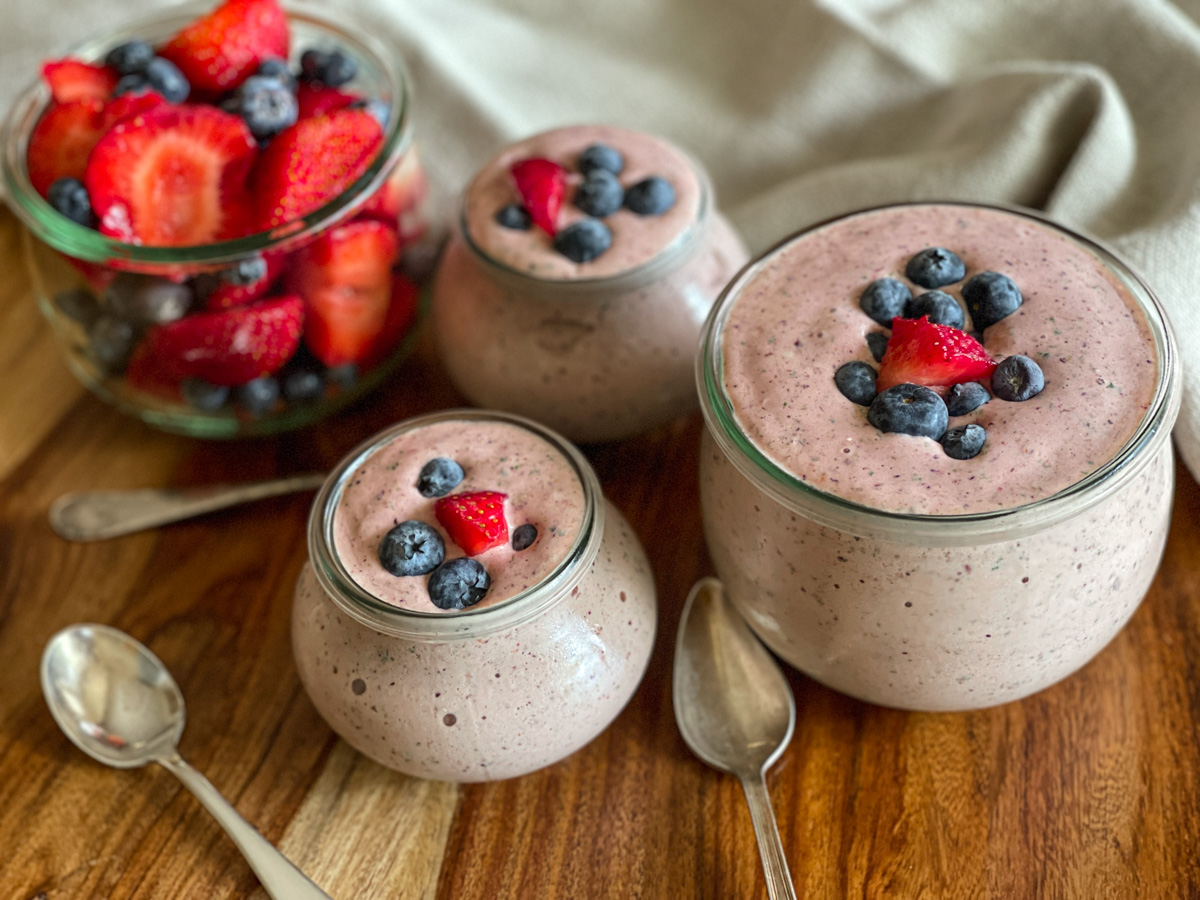
Can I Blend the L. Reuteri Yogurt in a Blender?
I don’t believe that it hurts to blend probiotic foods. They’ve questioned this about kefir too, but the bacteria are so small I think it would be very hard to kill it. I’ve also started feeling the benefits of this yogurt and I blend it all the time. It creates a nice feeling of well-being and I’m seeing it in my kids too.
I make the best smoothies by blending frozen fruit, L. reuteri yogurt, and some kefir. It's super thick!
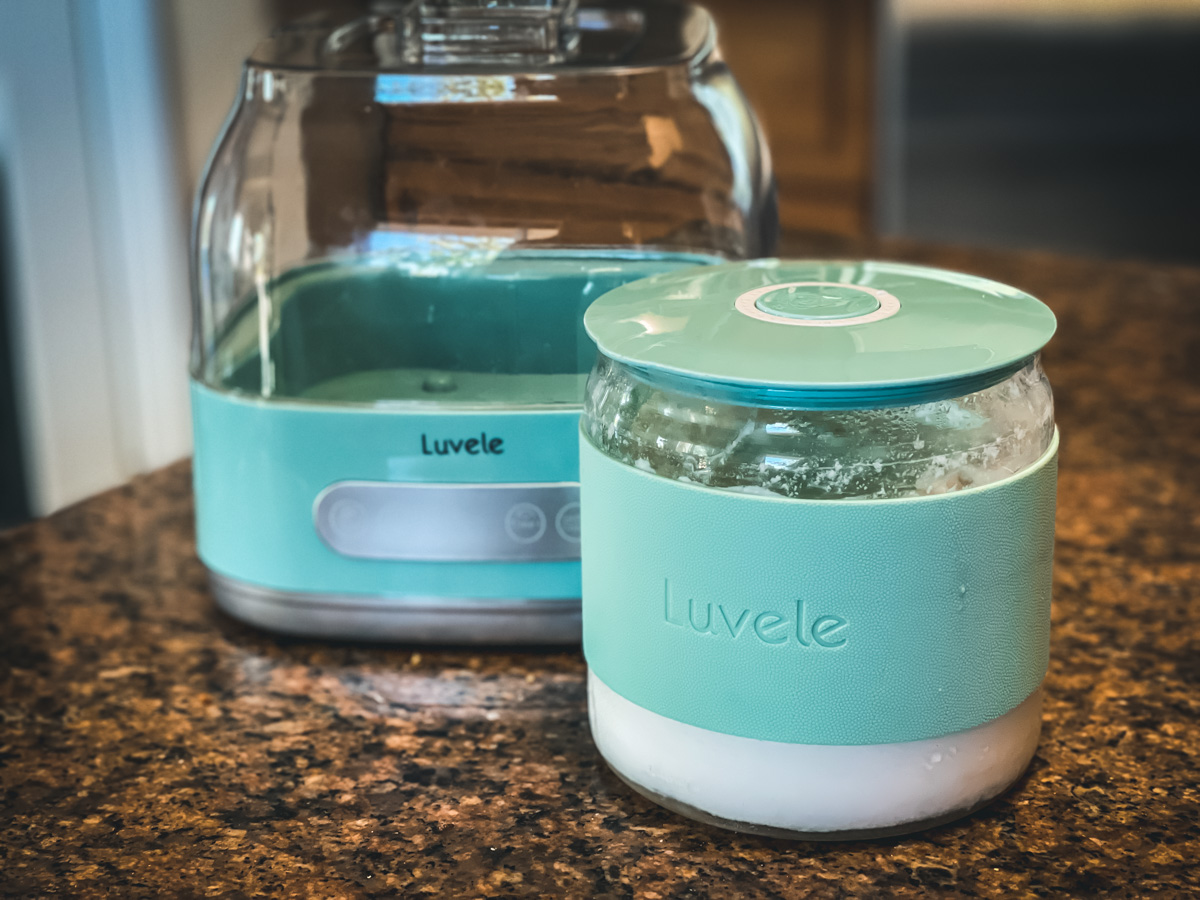
I am getting a strong taste in my yogurt.
A more pungent bitter or super sour taste can sometimes be normal in the activation batch, which can be really strong. Once you use this batch as a starter for your next batch, it will calm down and be better.
You can also add less Prebio (1 tbsp instead of 2 ), which will also help it calm down and not be as sour tasting.
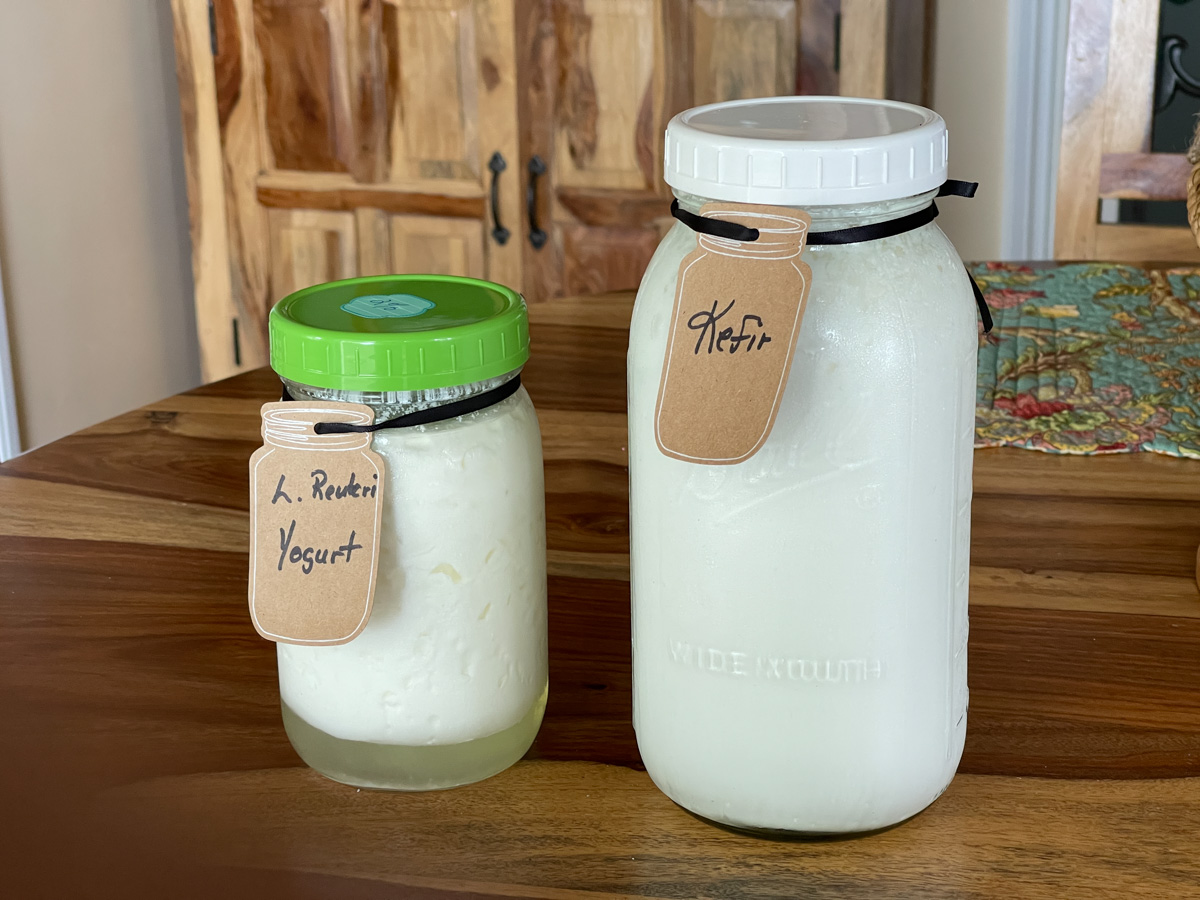
Can I Add This Starter to My Kefir?
It doesn't work to add L. reuteri to kefir during fermentation. The other good bacteria in kefir (there are a lot of them!) will compete with the L. reuteri and it won't survive. Also, L. reuteri needs to be fermented at a low heat (100°F) which is warmer than what is good for kefir, and for 36 hours to really grow and multiply.
You can, however, take a little kefir and L. reuteri yogurt to make a smoothie. I think it makes the best smoothies and smoothie bowls I've ever had. Super creamy!
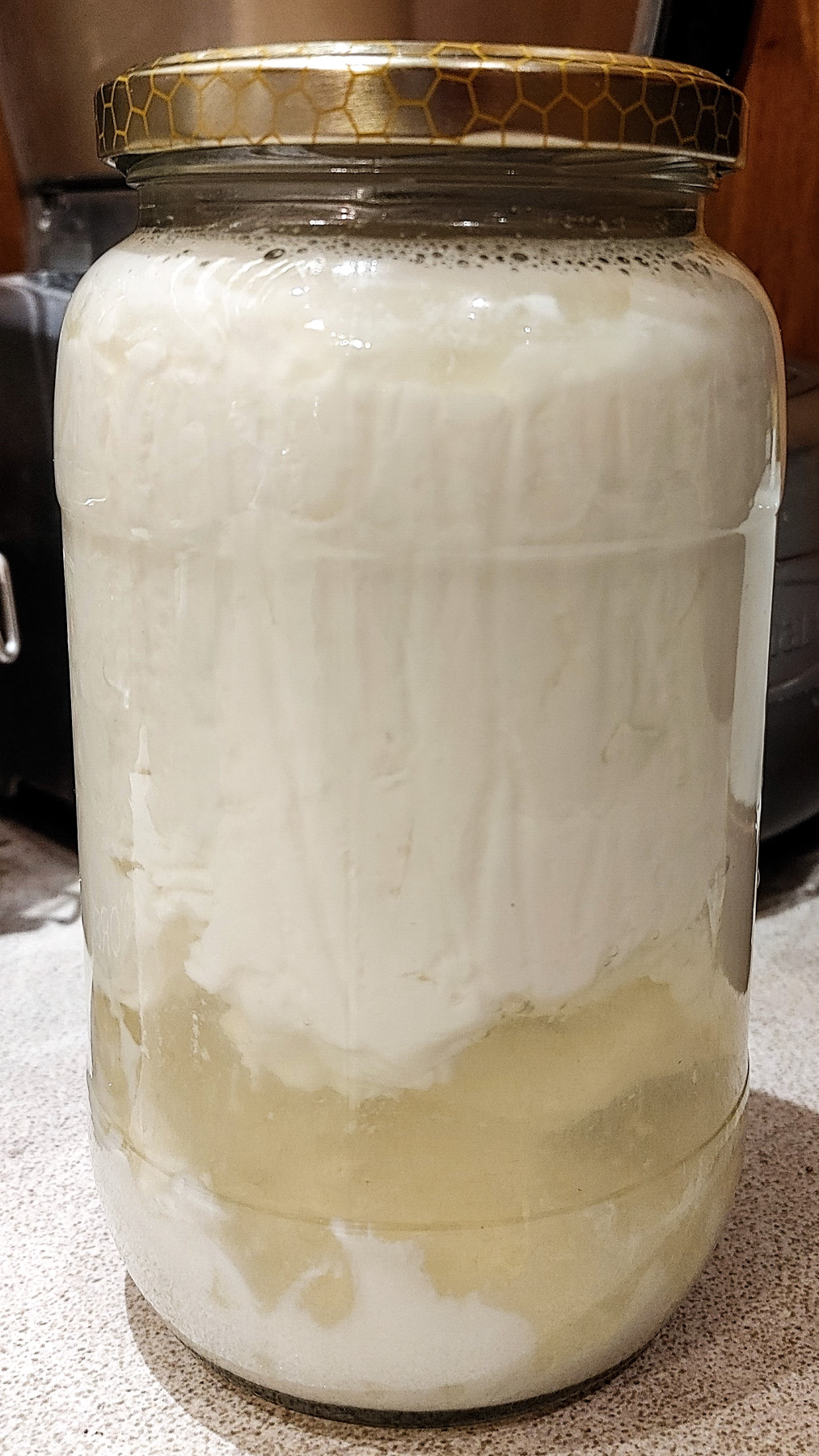
Can I use Goat's Milk?
Yes, you can use goat's milk. Goat's milk has a different structure of proteins and fats than cow's milk, and the caseins in the milk act differently. Goat's milk contains less casein than cow's milk and the fat molecules are smaller, making it easy to digest. Only 2% of goat's milk is curd, compared to 10% in cow's milk.
Goat's milk made into kefir stays creamy and doesn't get thick This is due to the structure of the proteins and fat in goat's milk.
Goat's Milk L. Reuteri Yogurt
We've tried making the L. reuteri Superfood Starter with goat's milk (3.25% fat) and these are the results:
Texture: completely separated. The top layer, which contains the solid, is fairly yogurty (but on the thinner side).
Flavor: very tasty, very goaty
Aroma: none
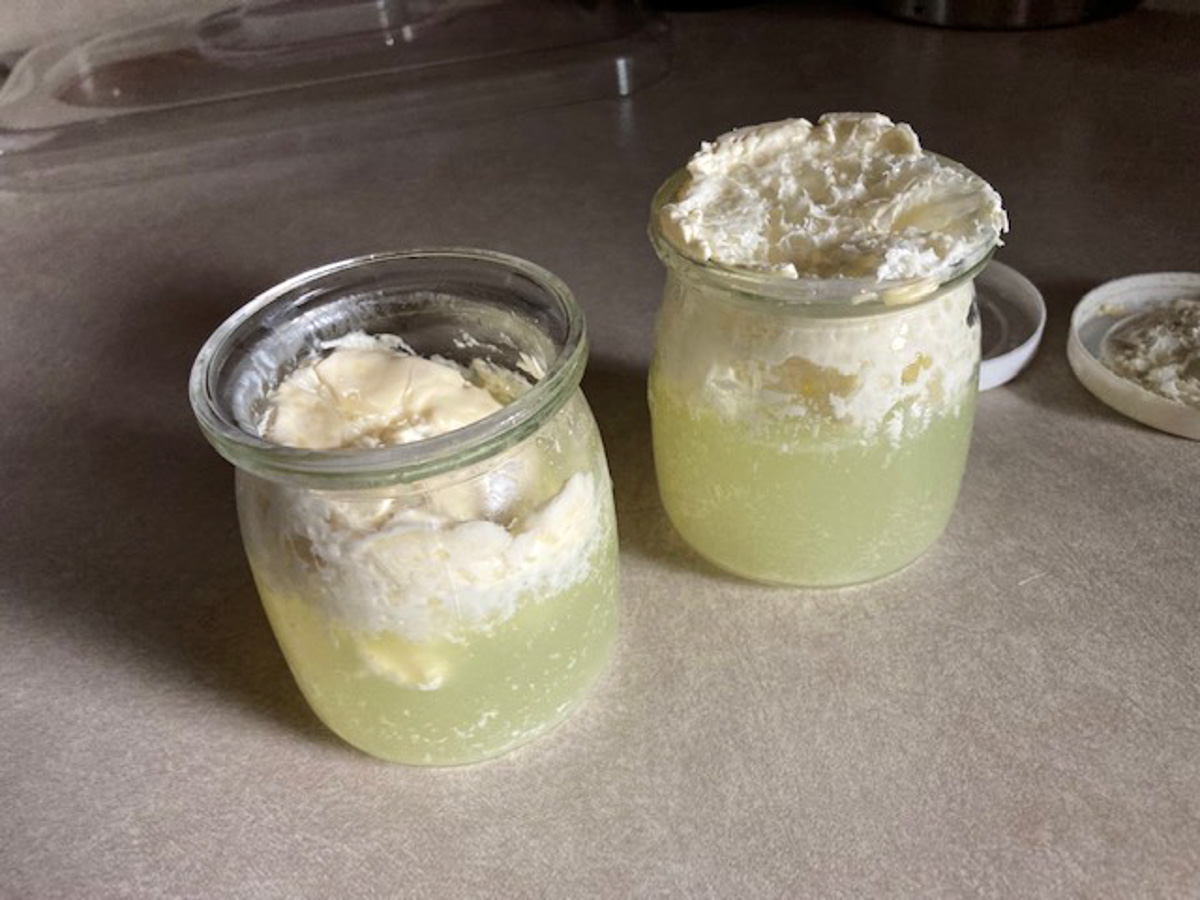
My L. Reuteri Yogurt Expanded Outside of the Jars?
This can sometimes happen on the very first batch if you didn't use ultra-pasteurized milk. It doesn't tend to occur on subsequent batches when you use this as a starter for the next batch.
This could happen for several reasons. You may have screwed the lid on the jar too tightly and this caused pressure to build up and caused the temperature in the jar to raise and get too hot.
It may be that the yogurt starter and prebiotic didn't get mixed together as uniformly as they could be, but it seems to always be better on the next batch if you use this batch (a little of the curds and the whey) as your starter. You can stir this back together and consume it or use it in a smoothie.
It could also be because the appliance got too hot and climbed up above 100°F. I would get a thermometer and place it in the yogurt maker without the yogurt. Turn on the appliance and let the temperature rise and see if this is happening to you. It doesn't always happen right away. I would check the temps and then lower the temp to 98 or even 97°F. It may be getting too hot, and that is causing your issue.
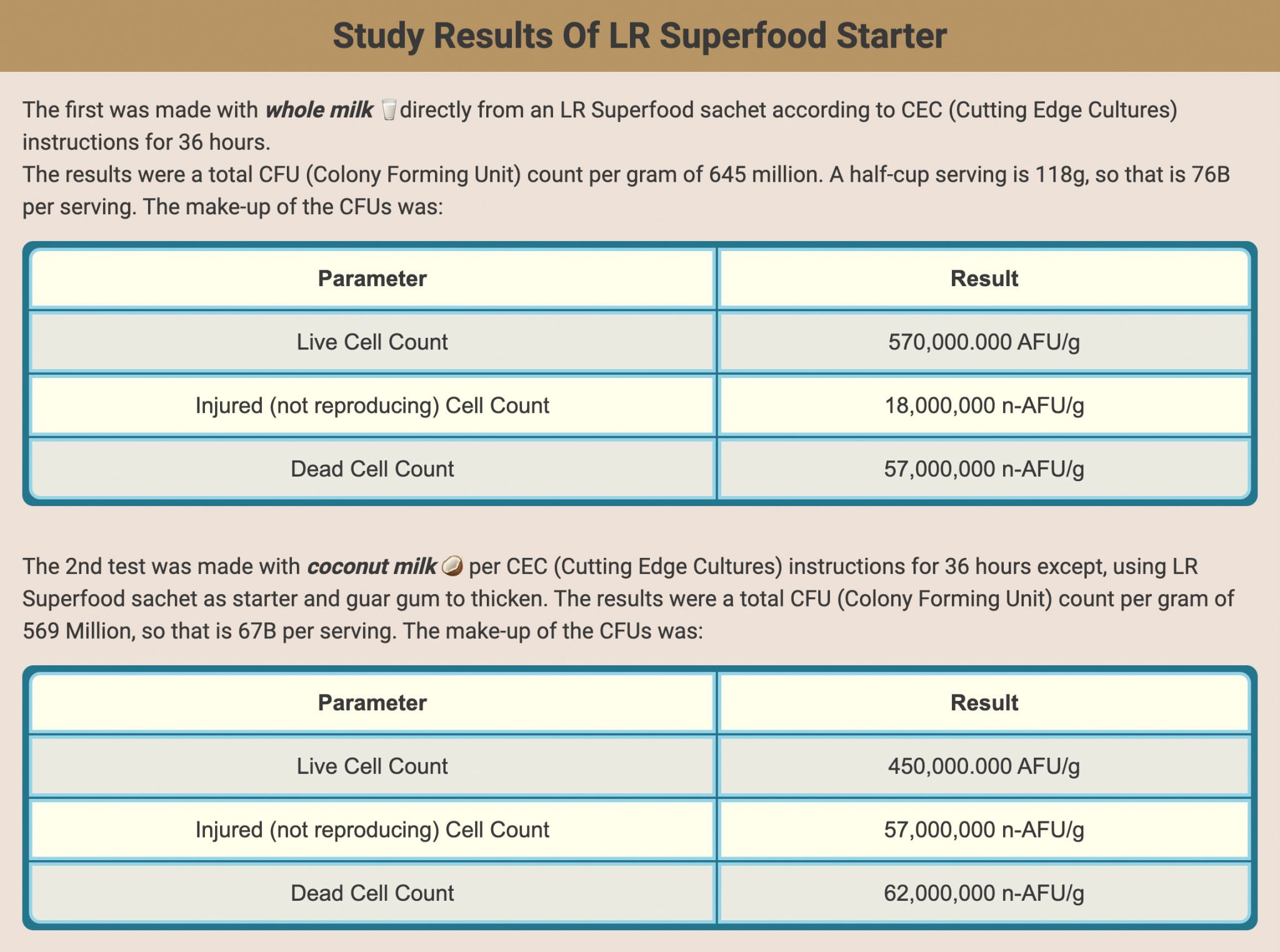
What Bacteria Strains Are We Using?
Our L. Reuteri Superfood contains a high concentration of the LR007 strain of L. reuteri. Check out these study results.
Here is what Dr. William Davis states in his book Super Gut about our starter. "Another option: a starter making kit using a different strain of L. reuteri that, in preliminary experience, yields many of the same effects, called “LR Superfood Starter.”
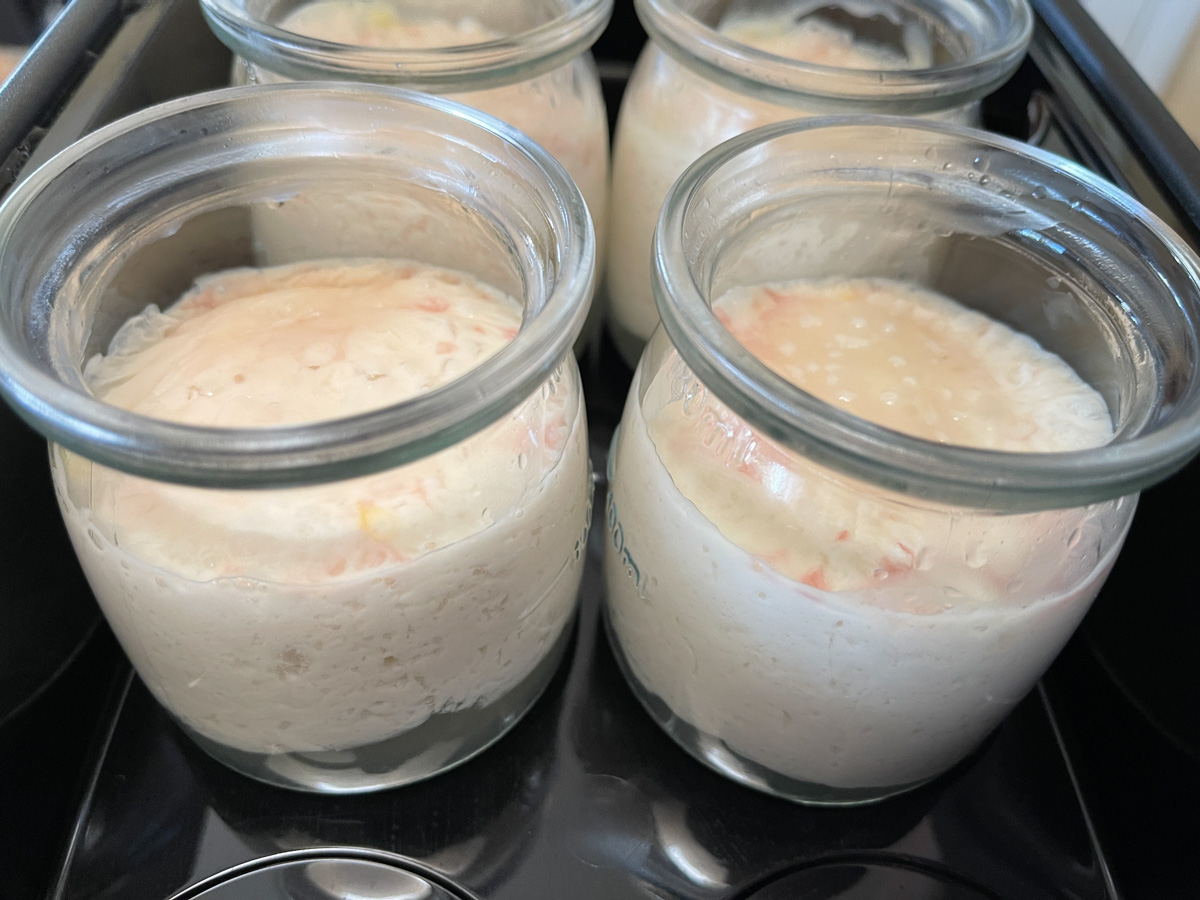
I'm Getting Pink Stuff on My Yogurt?
This is usually a harmless yeast that can form mostly because of air exposure. Make sure when you are fermenting it, that you have a loose lid on the yogurt, and don't open the lid a lot to keep air exposure down.
It's usually more common for this to form when using non-dairy milk
It might be helpful to make your own non-dairy milk if this happens. Check out these recipes.
If you do have this harmless yeast occur, then scrape it off the top and discard it. The yogurt underneath is fine to consume, but the flavor might not be as good.
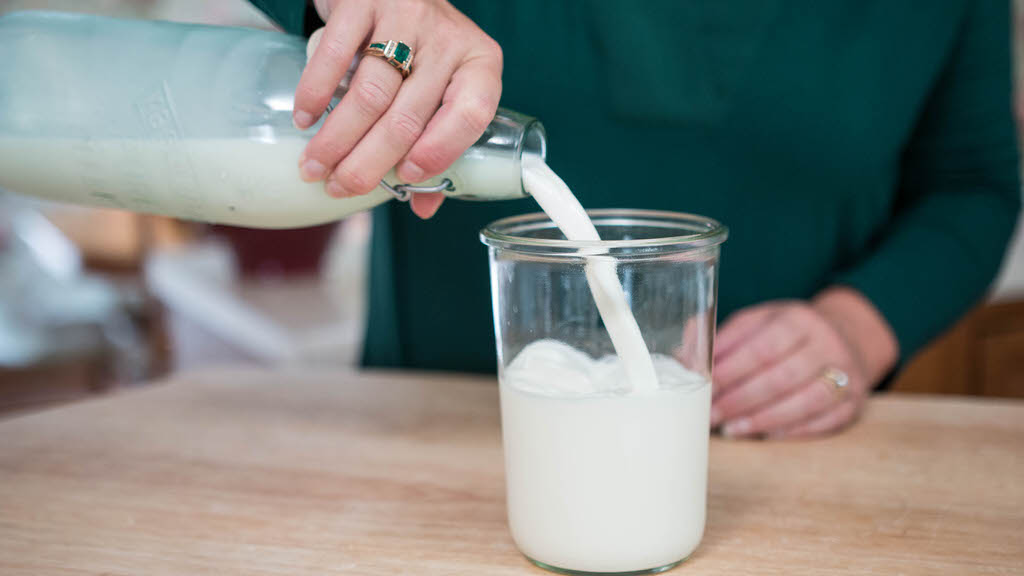
Can I use Raw Milk?
Raw milk, since it contains competing good bacteria, will try to dominate. The L. reuteri won't survive or be the dominant strain.
If you want to use raw milk, you'll have to pasteurize the milk to make sure there are no other bacteria in the milk. Heat to 195°F and then cool down to 100°F before adding the starter.
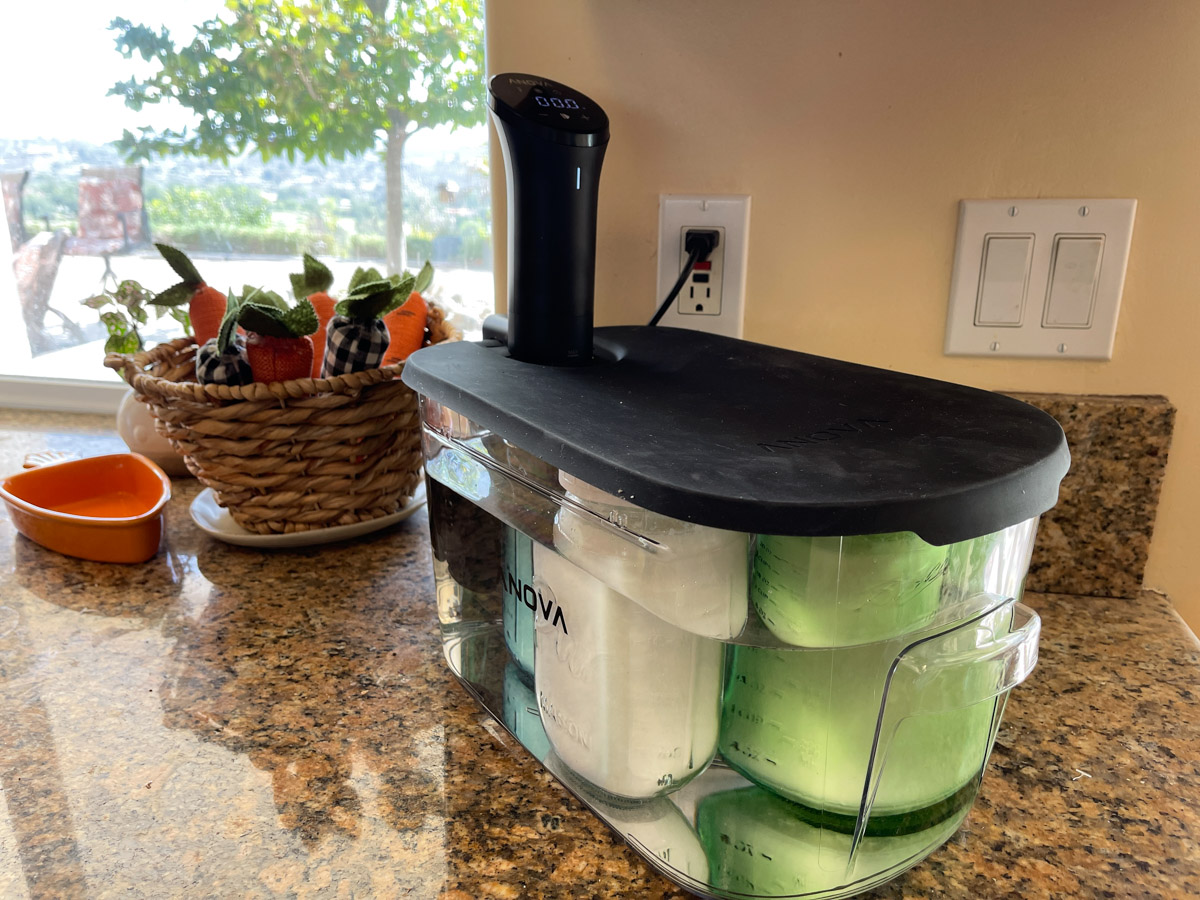
How High Do I Fill the Water on my Sous Vide?
I usually fill my sous vide bucket up to about an inch or two from the top of the jar. Then I place a loose lid on top of the jar. Don't screw it down since this will make it over ferment, build up pressure, and explode out of the jar.
Sous vide is best for making bigger batches of L. reuteri and I like it a lot. We make a lot of this yogurt and it is easy to make 3 or 4 quart jars at one time.
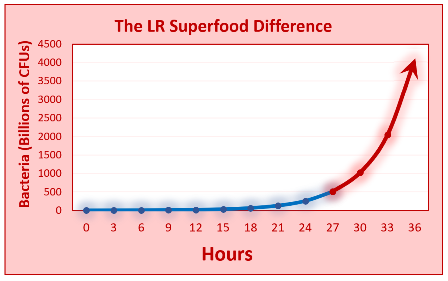
Do I Have to Ferment for 36 Hours?
Yes, It's extremely important to let it ferment for 36 hours.
The long, slow fermentation with the lower temperature increases the bacterial strains exponentially over the 36 hours (see graph) and creates a thick, delicious yogurt. It really only starts to increase the bacterial strain at 24 hours so don't take it out too early or you'll miss the benefits.
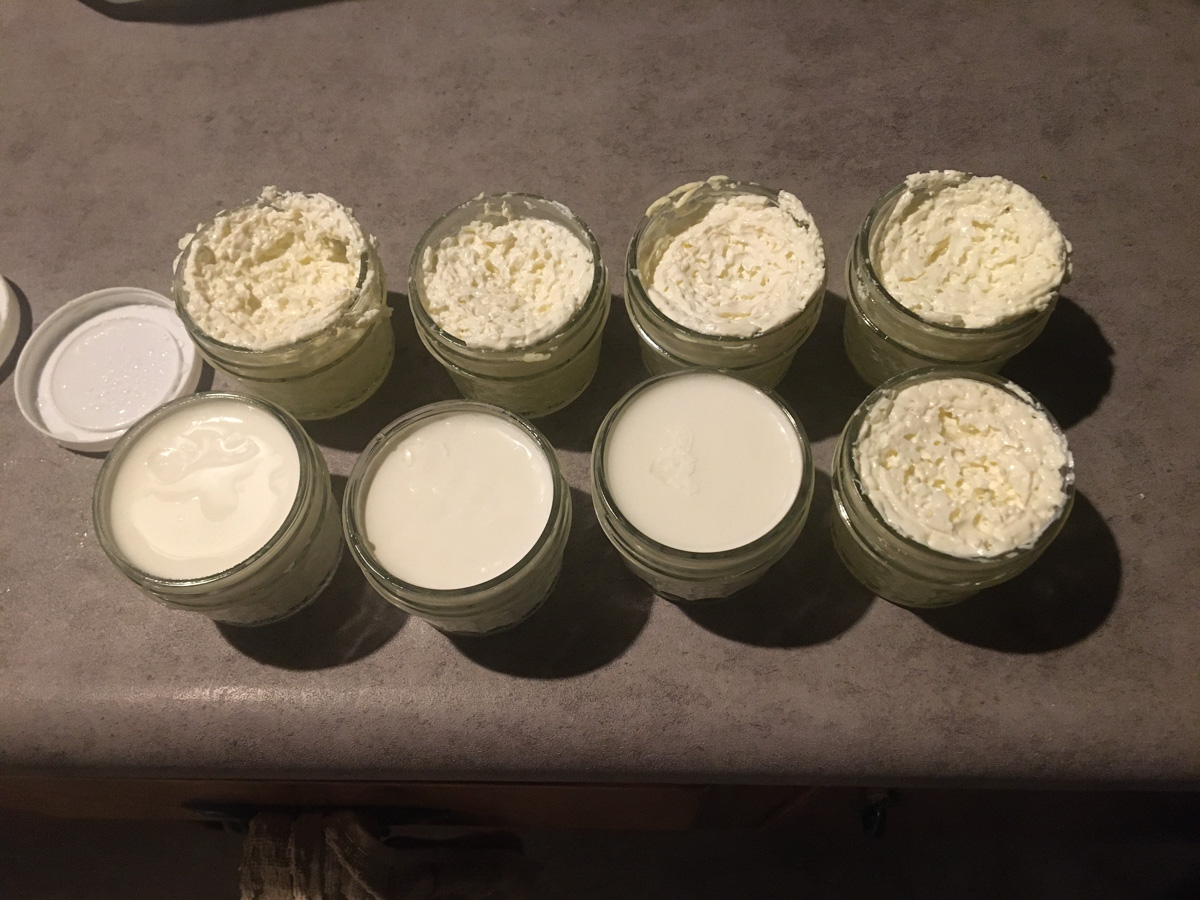
My Jars Are Turning Out Different
If your L. Reuteri Superfood batches look like the picture, some look fine and others look separated, you can stir them back together and consume them. When they are really separated they don’t remix. In those cases, you can pour off the whey and use it in a drink, eat the curds with a spoon or make a smoothie with frozen fruit.
I suspect that some parts of the heating element in your yogurt maker are hotter than others and the bacteria is stronger in some jars than others. This will calm down when you use the yogurt as a starter.
You might lower the heat to 98°F degrees to help with this. Also, It does help to add water about halfway up the jars in the yogurt maker.
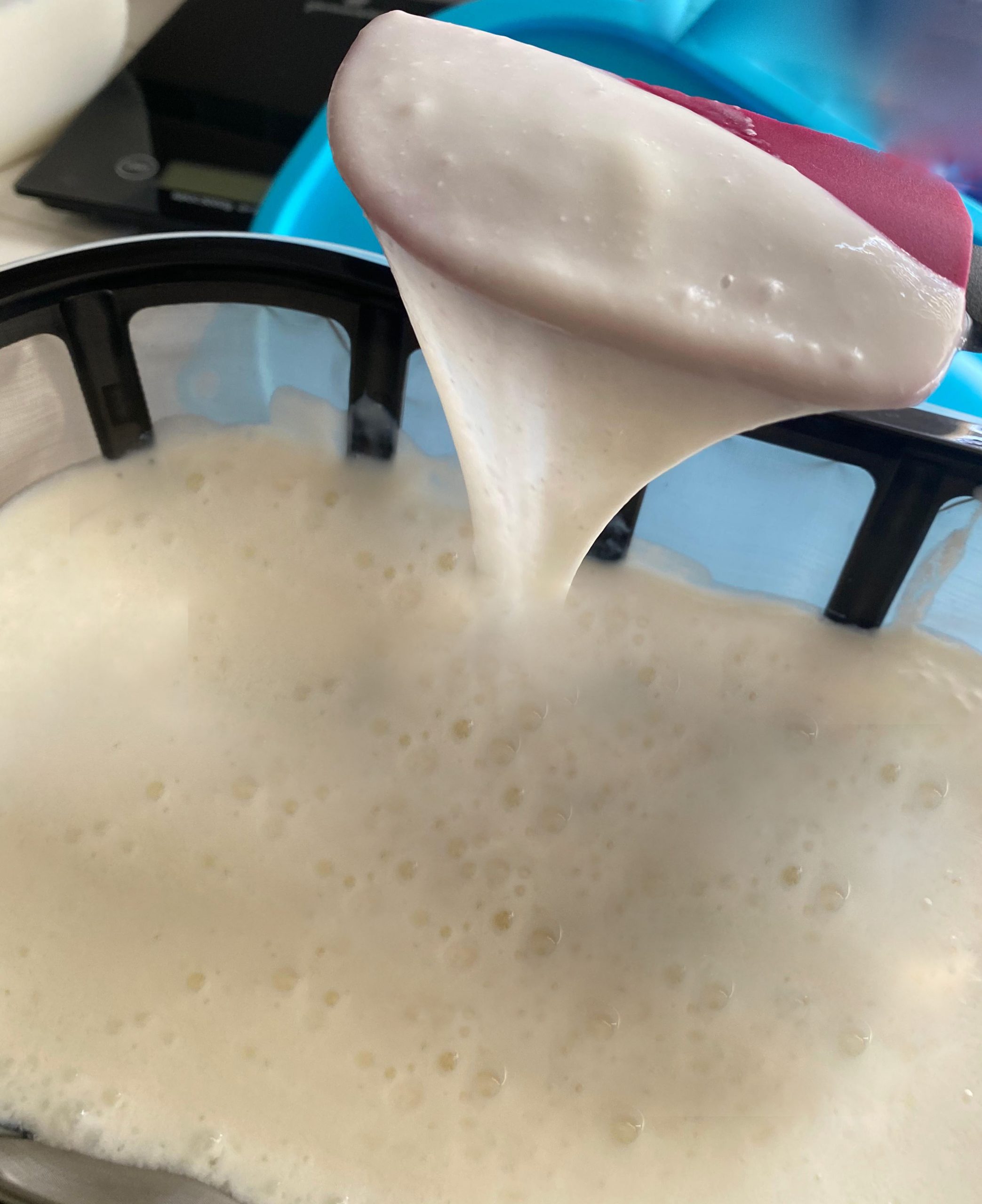
Slimy or Ropey Yogurt
The probiotic L. reuteri strain is known for creating a more "ropy" or "slimy" texture when very active, and oddly enough, this can actually be a sign of a strong batch, just not the most appealing texture!
Fix: Stir it well before refrigerating and chilling it overnight. Sometimes it smooths out after cooling.
If it tastes fine, it’s still good for your gut! But I totally get wanting that creamy feel.
You're using organic half-and-half, which is great, but if the brand or source changed, or if it had different levels of stabilizers or fat, that can affect fermentation behavior.
Fix: Try using the same brand as your perfect batch. Or test with a mix of whole milk + cream (about a 2:1 ratio) instead of commercial half-and-half, which gives more control.
Using 2 tablespoons of a previous batch is good—but if that batch had started to get stringy or was at the tail end of its strength, the bacteria might have been weakened or mutated, leading to odd texture.
Fix: Try going back to a fresh starter.
Make sure your previous batch was stored properly and still smelled and looked normal before using it.
L. reuteri is a slow fermenter, but if it goes too long (especially in warm environments), it can create an excessive amount of exopolysaccharides (those are the long, stringy compounds you're seeing), which makes the yogurt gelatinous or rubbery.
Fix: If your yogurt maker runs hot or the temperature fluctuates, it may have accelerated fermentation. Check your yogurt maker temperature by sticking a thermometer into the water in which it ferments to see if it is accurate.
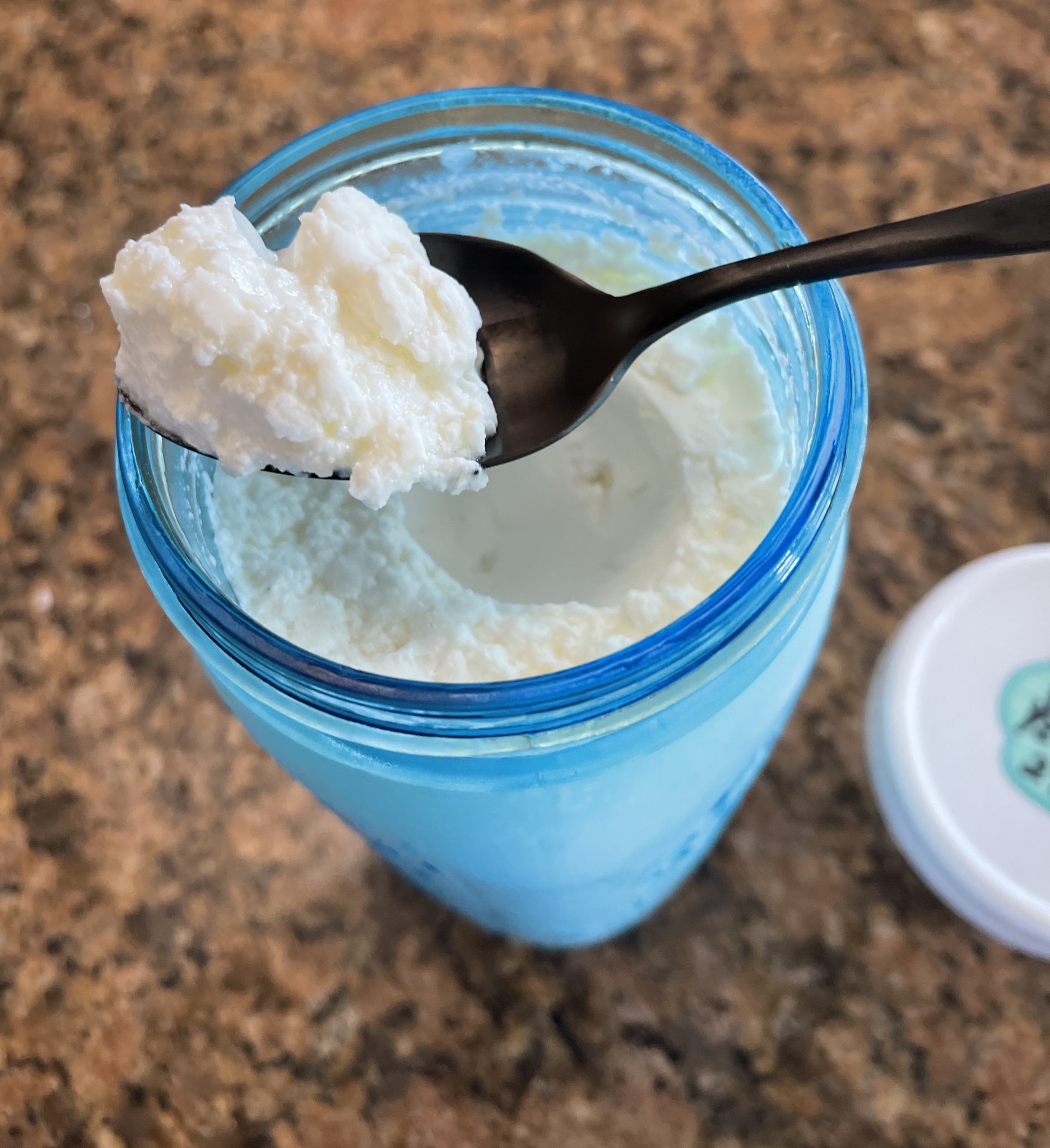
How Many Times Can I Re-culture?
I've recultured my L reuteri yogurt that was a month old and it still worked great.
Remember - if your first batch is separated into curds and whey you can always use it to make more batches with little or no separation.
Use 2 tablespoons of the yogurt as your starter instead of a sachet. We made dozens of batches using the yogurt as a starter and it is still going strong. As long as it is getting thick and sour tasting it is still working.
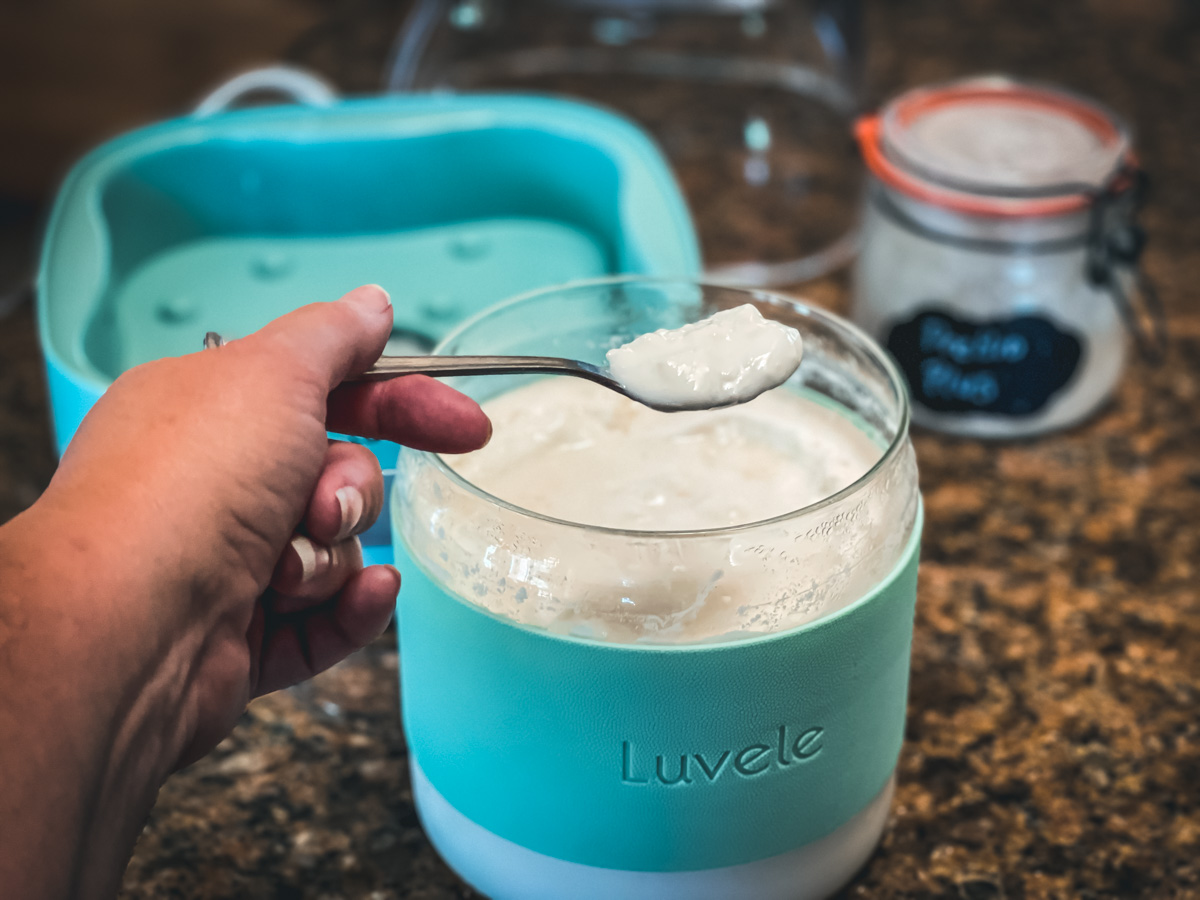
Can I freeze my culture to reuse to make more yogurt?
We are not fans of freezing yogurt as a starter because it diminishes the probiotic, weakens it, and can make it grainy. You'll get more CFU colony-forming units if you don't freeze it.

What Equipment Can I Use?
Your L. reuteri must ferment at a constant 100°F for 36 hours. The section below 👇🏼 offers different options.
- Sous Vide device it can make multiple quart jars
- Luvele Pure Plus Yogurt Maker 2.1 Qt
Luvele Pure Yogurt Maker 4- 13.5 ounce jars - Probiotic Digital Yogurt Maker
- Instant pot with yogurt setting that goes to 100 F and will go 36 hours. Not all Instant pots do this.

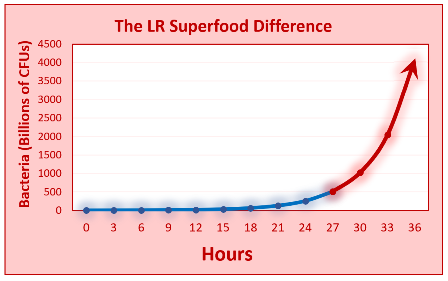 Fermenting for 36 hours
Fermenting for 36 hours
